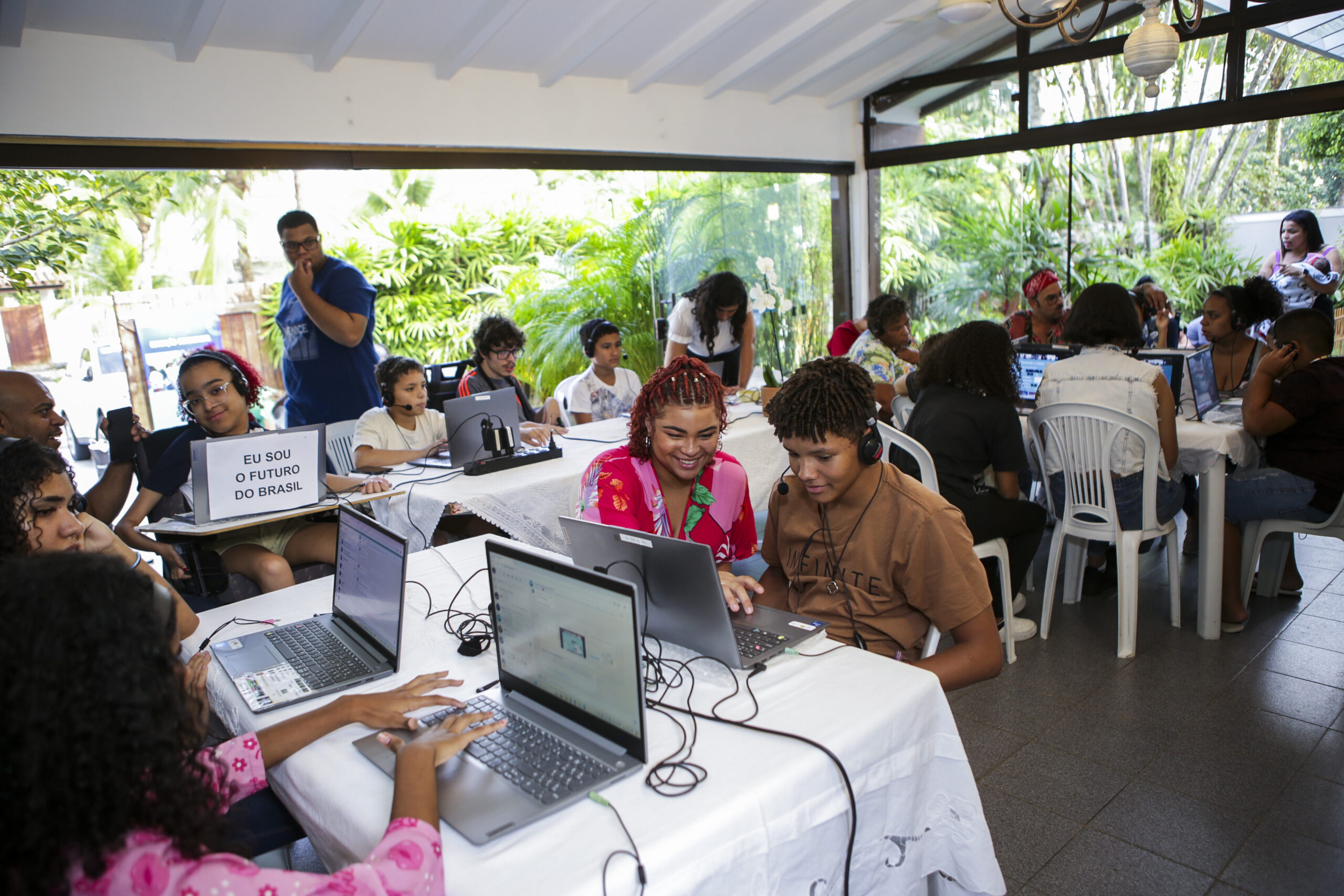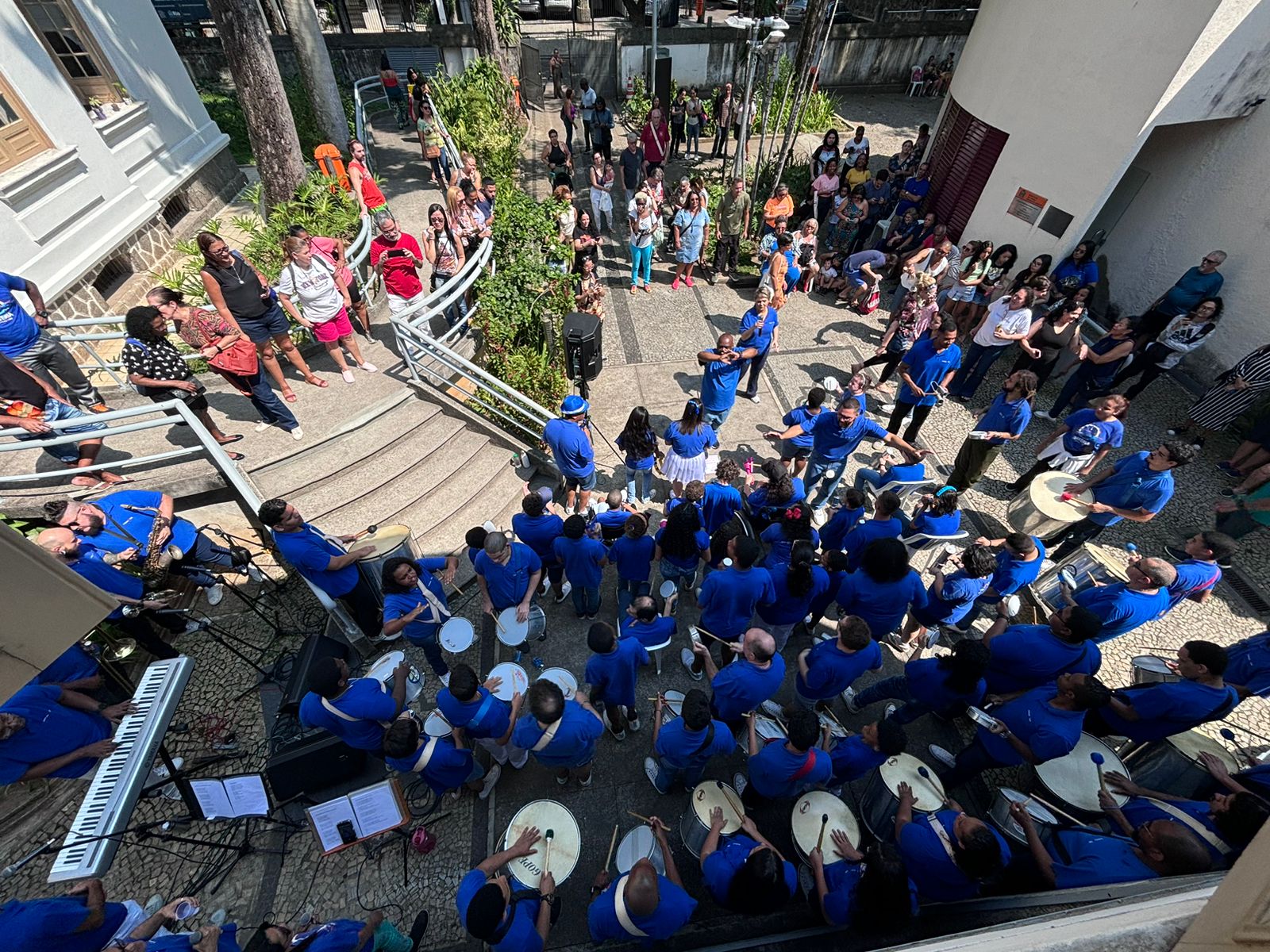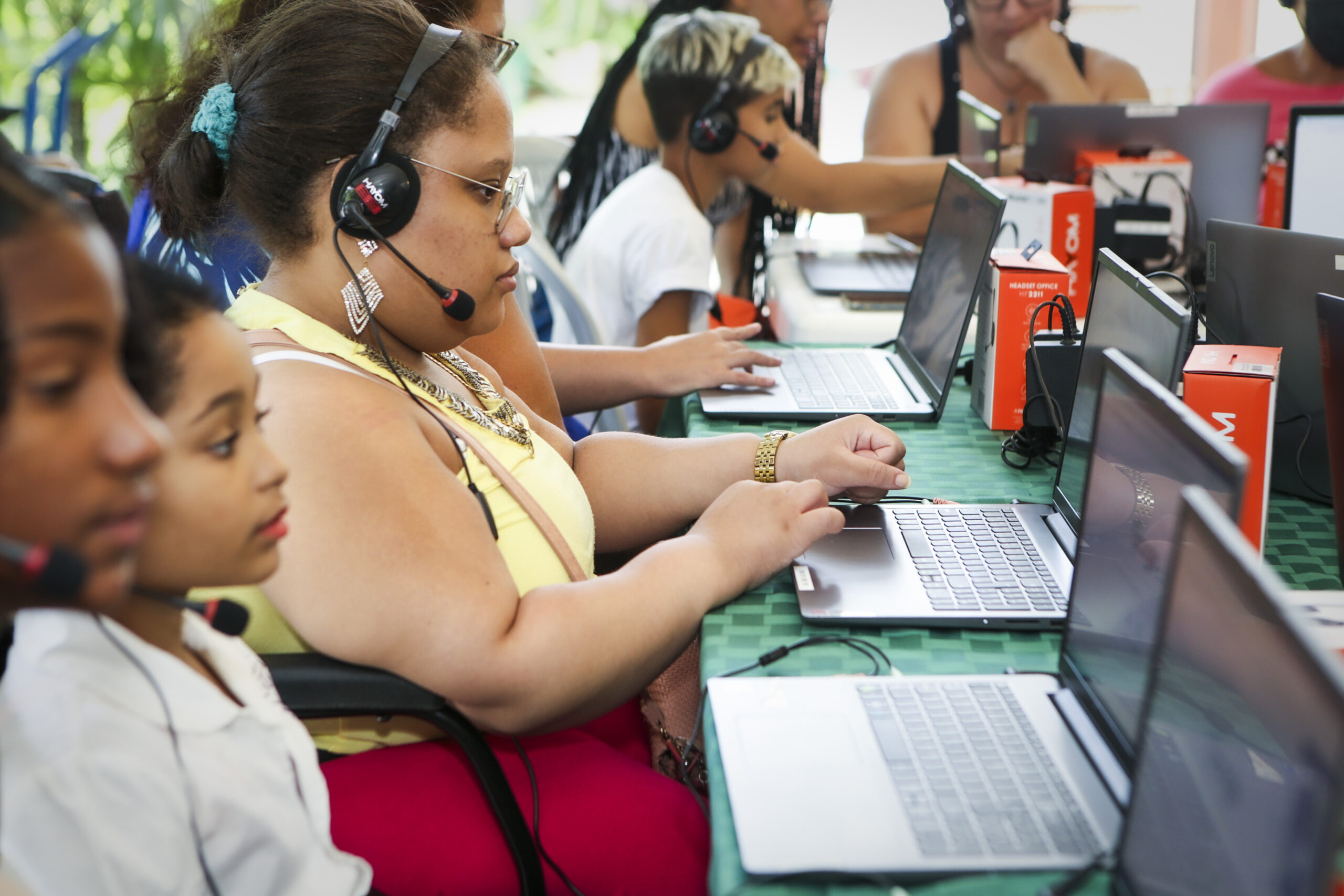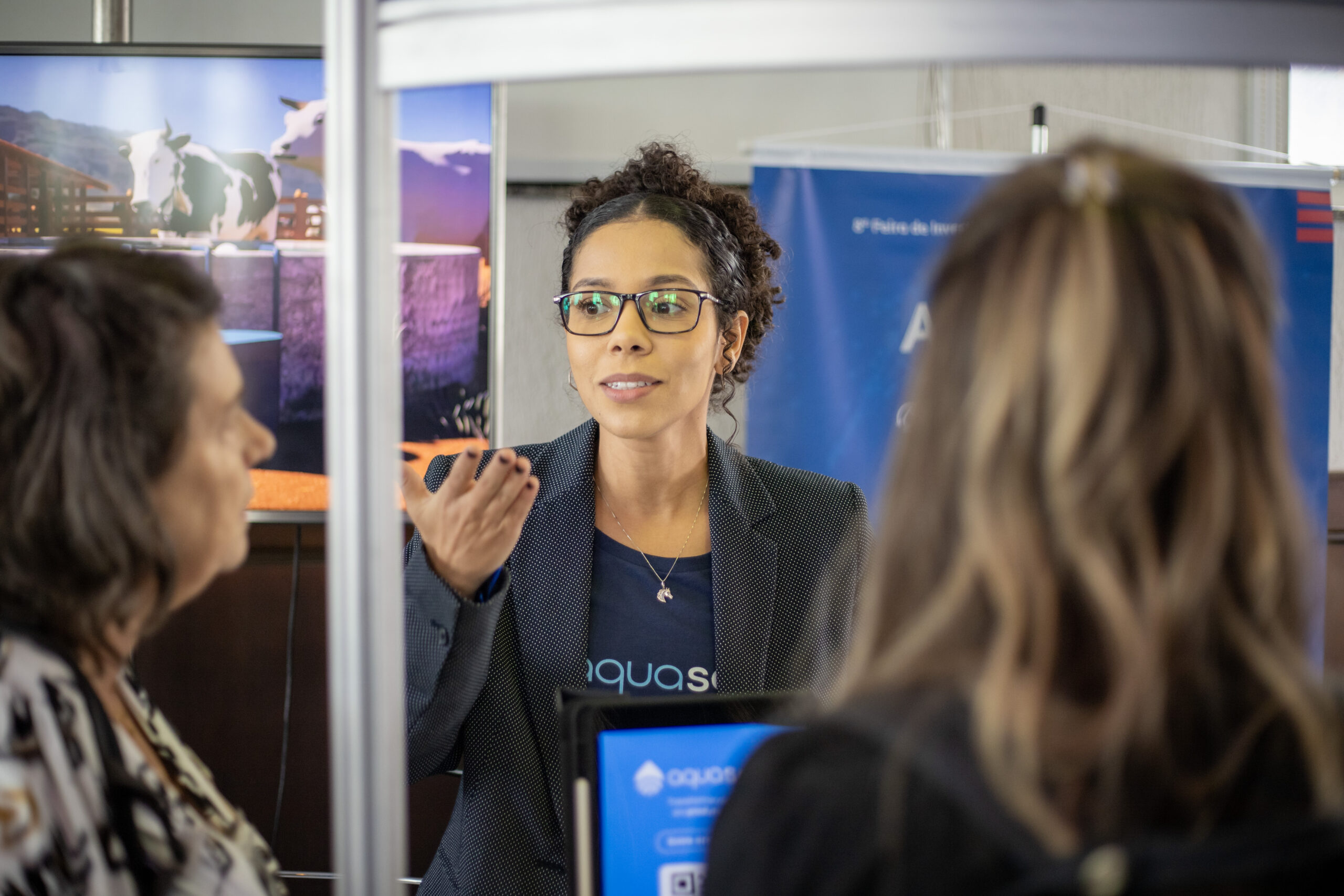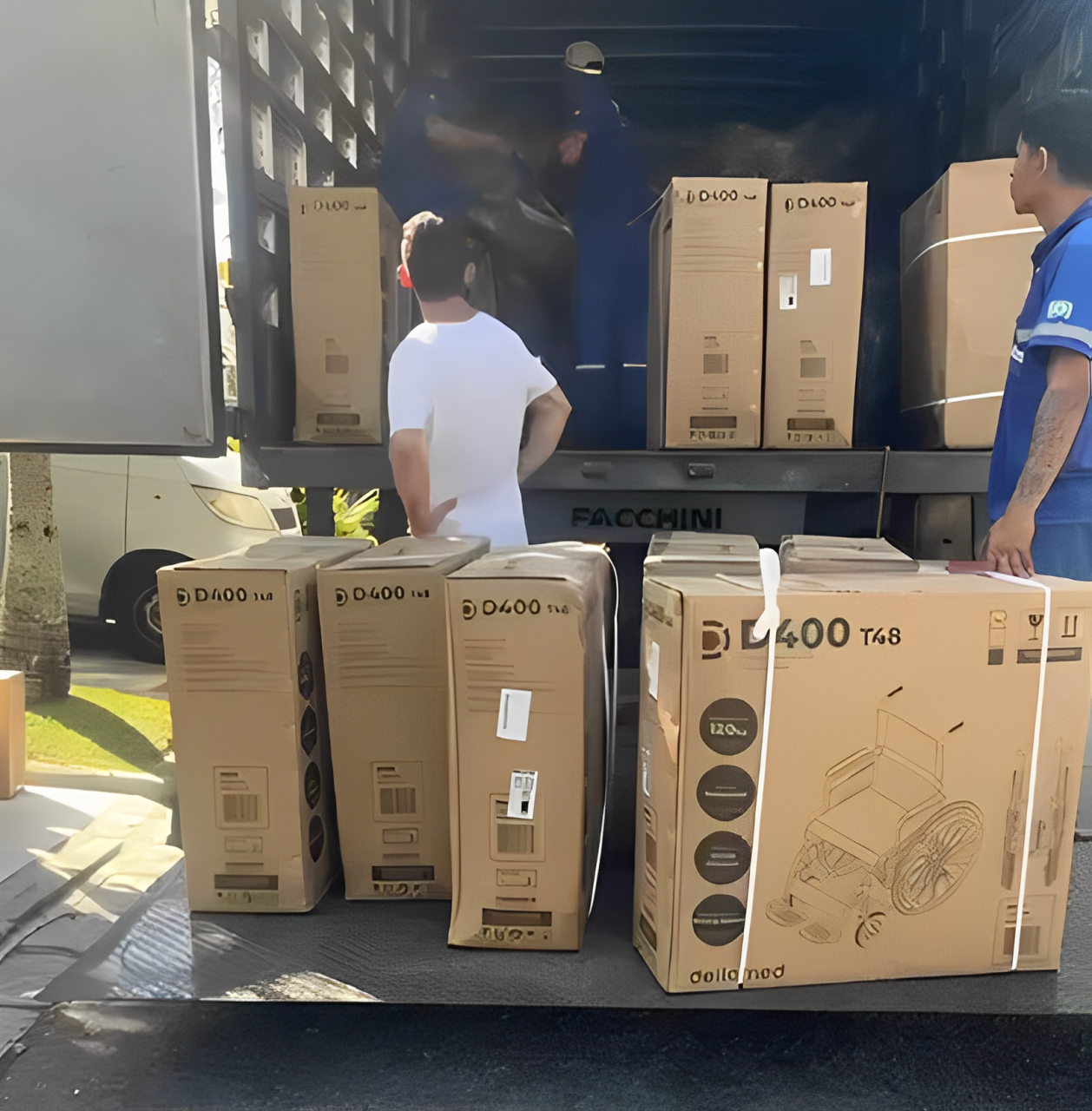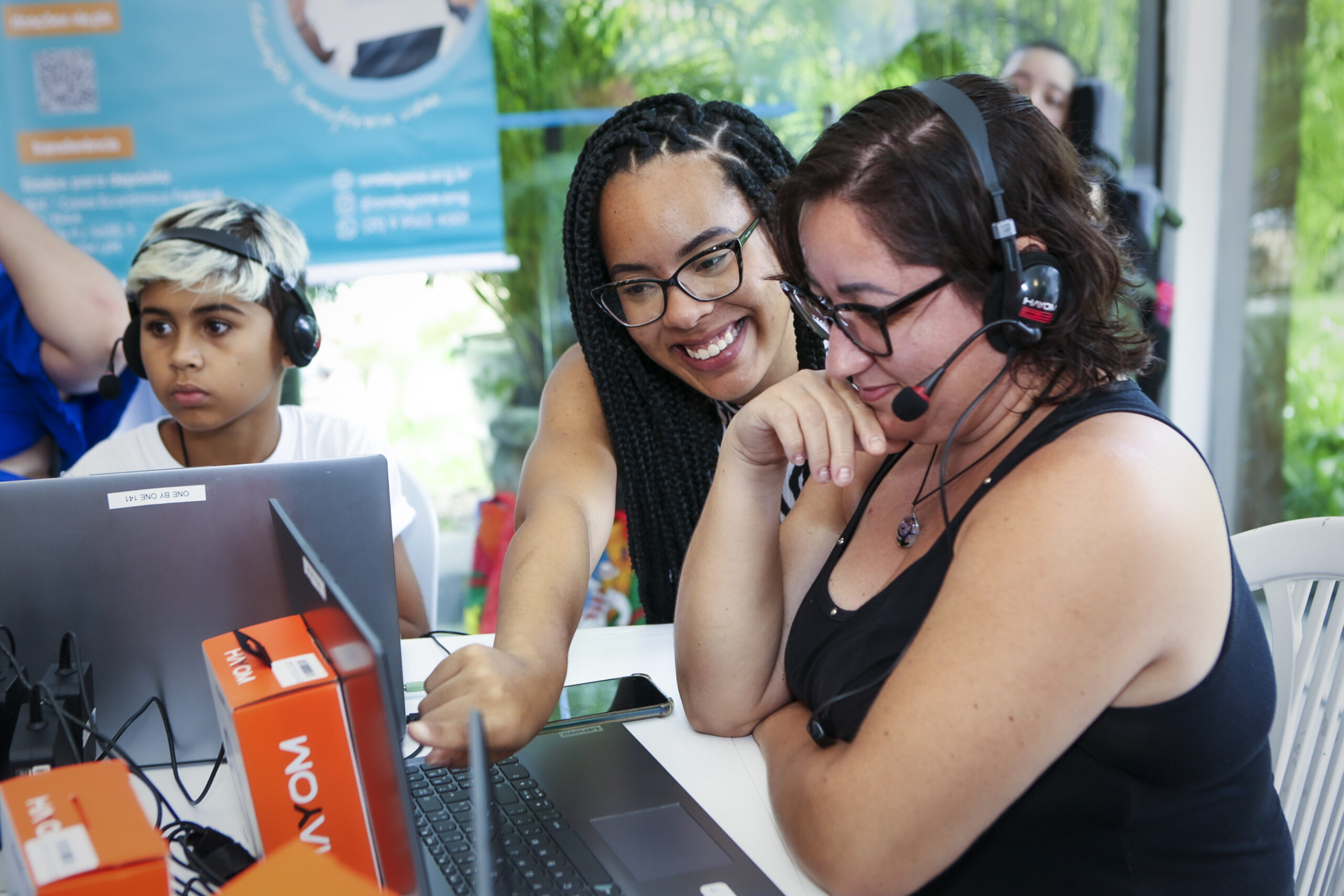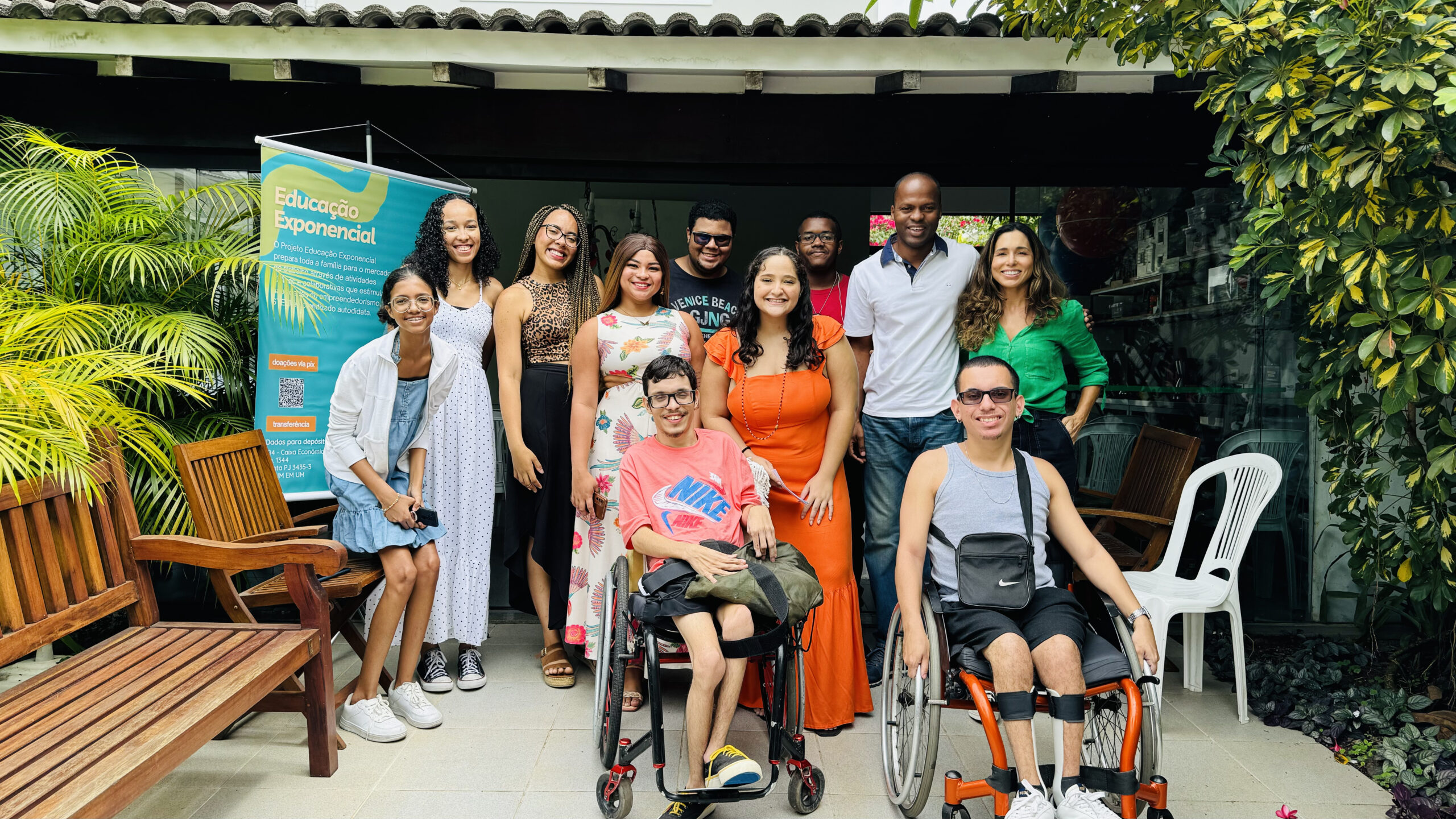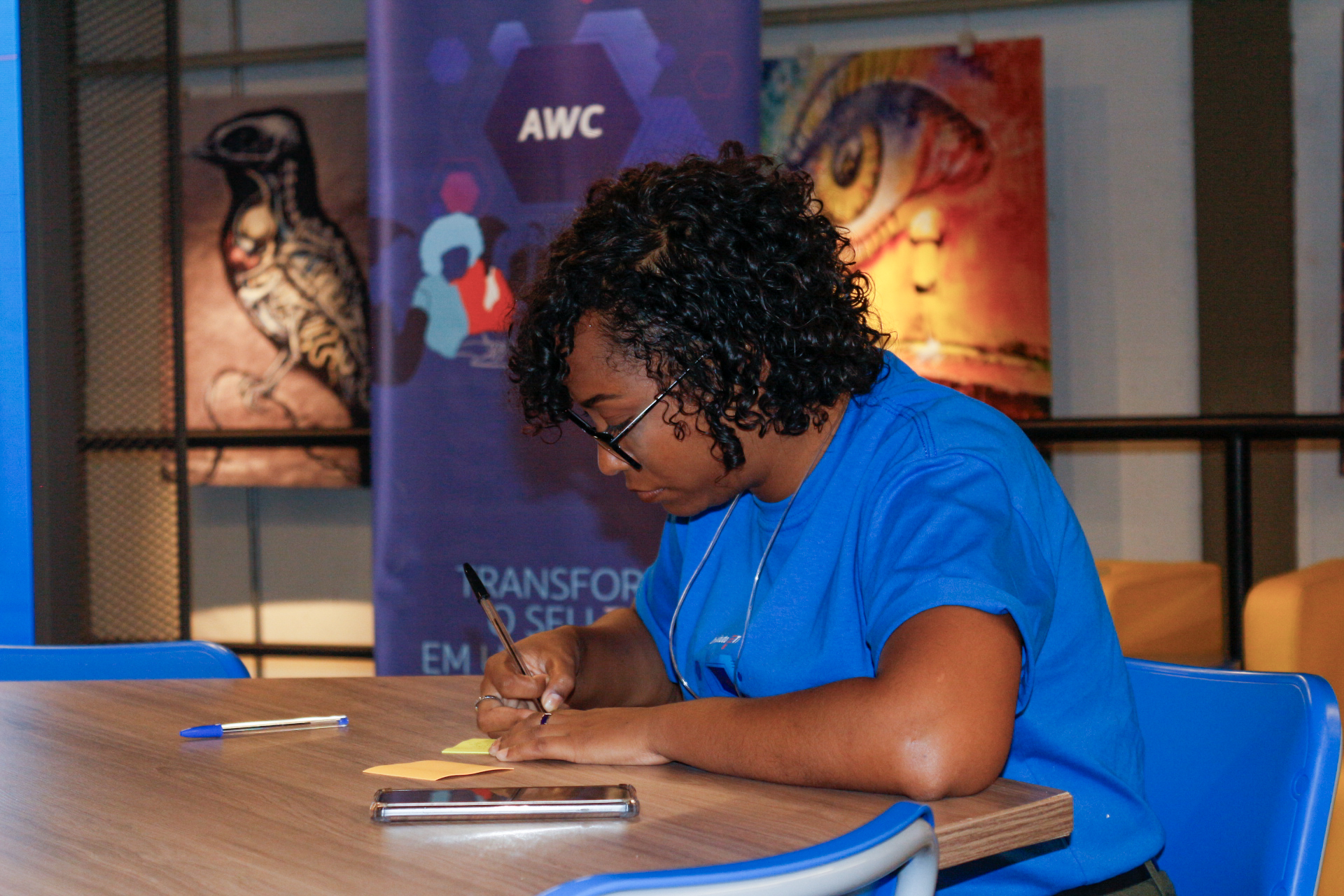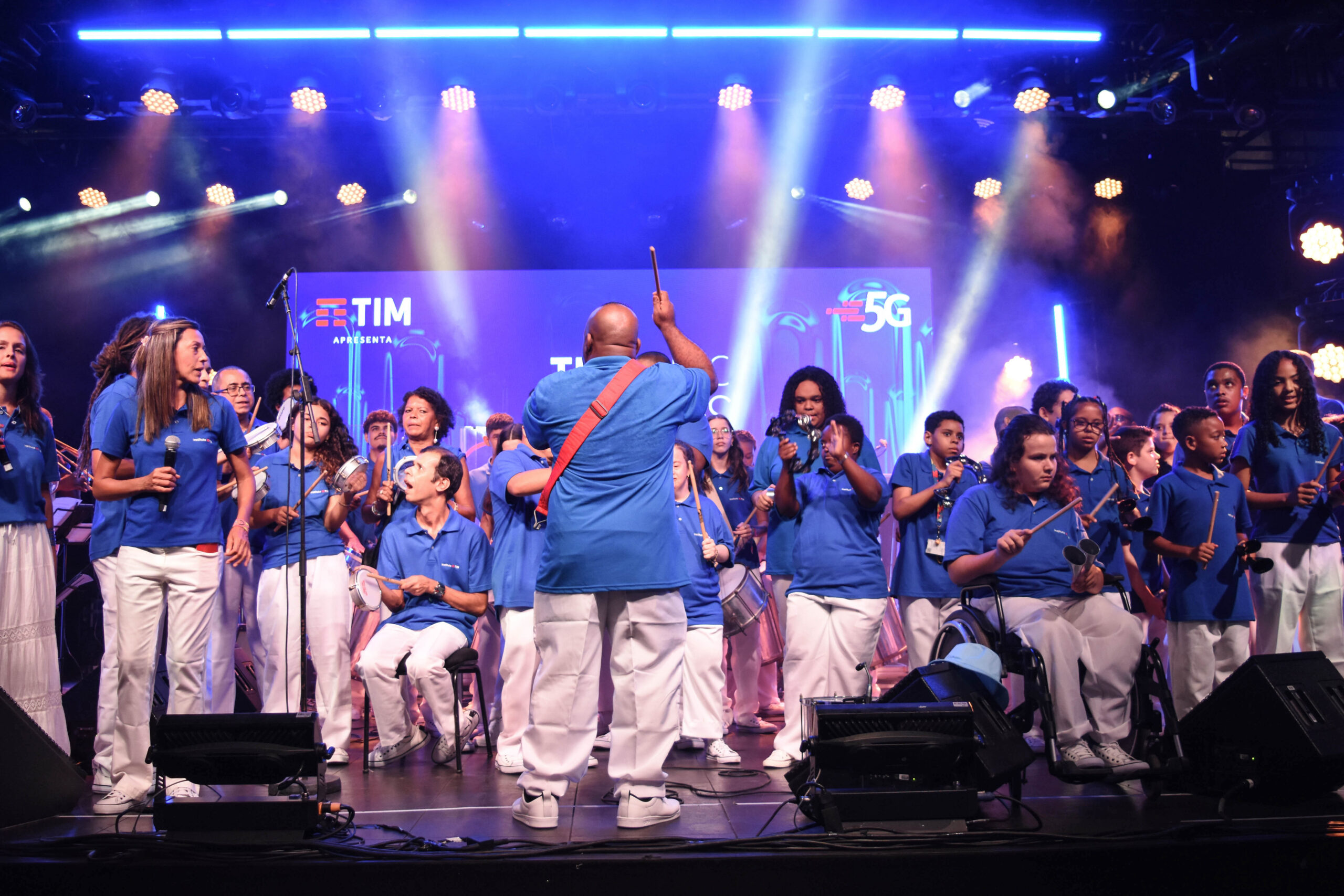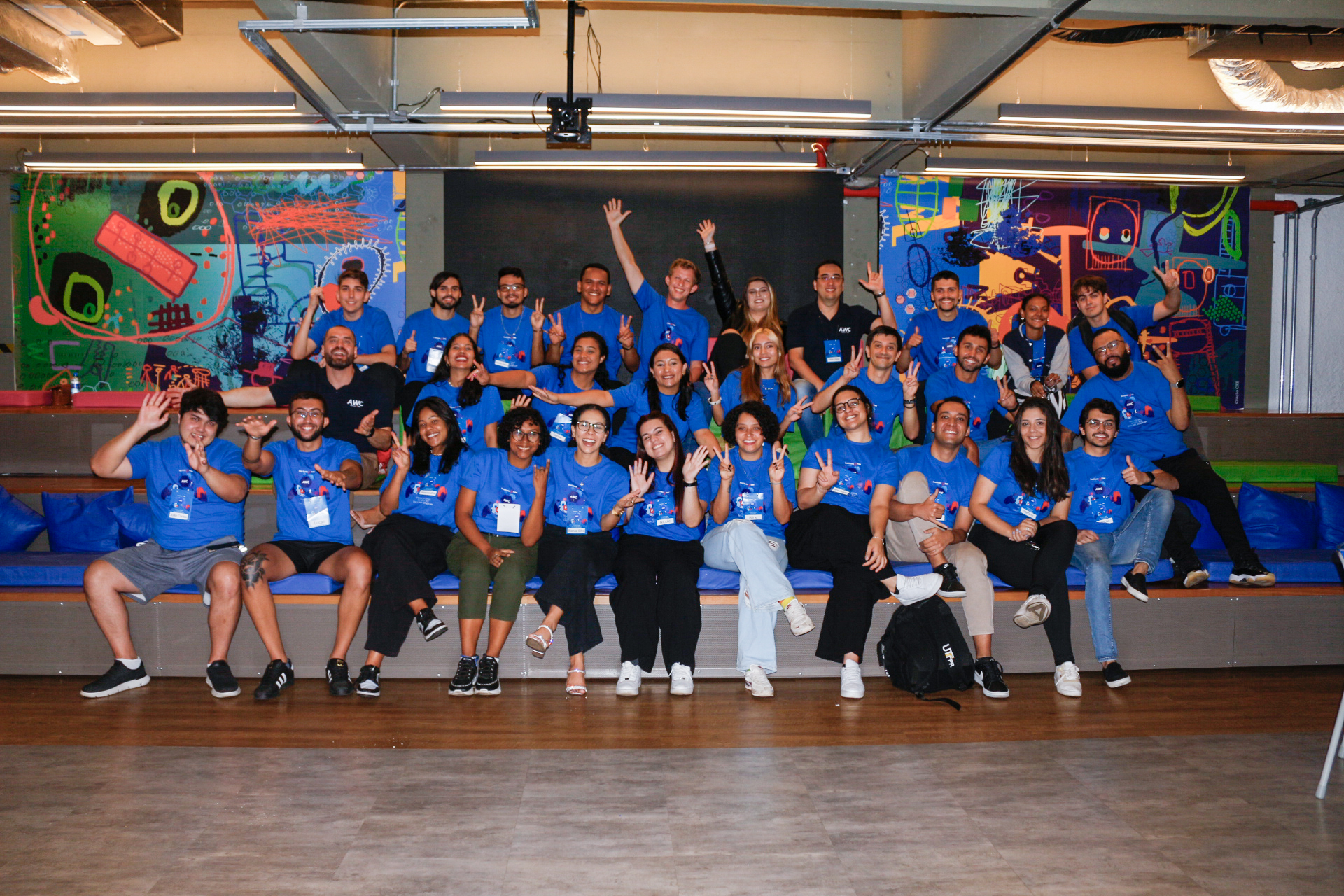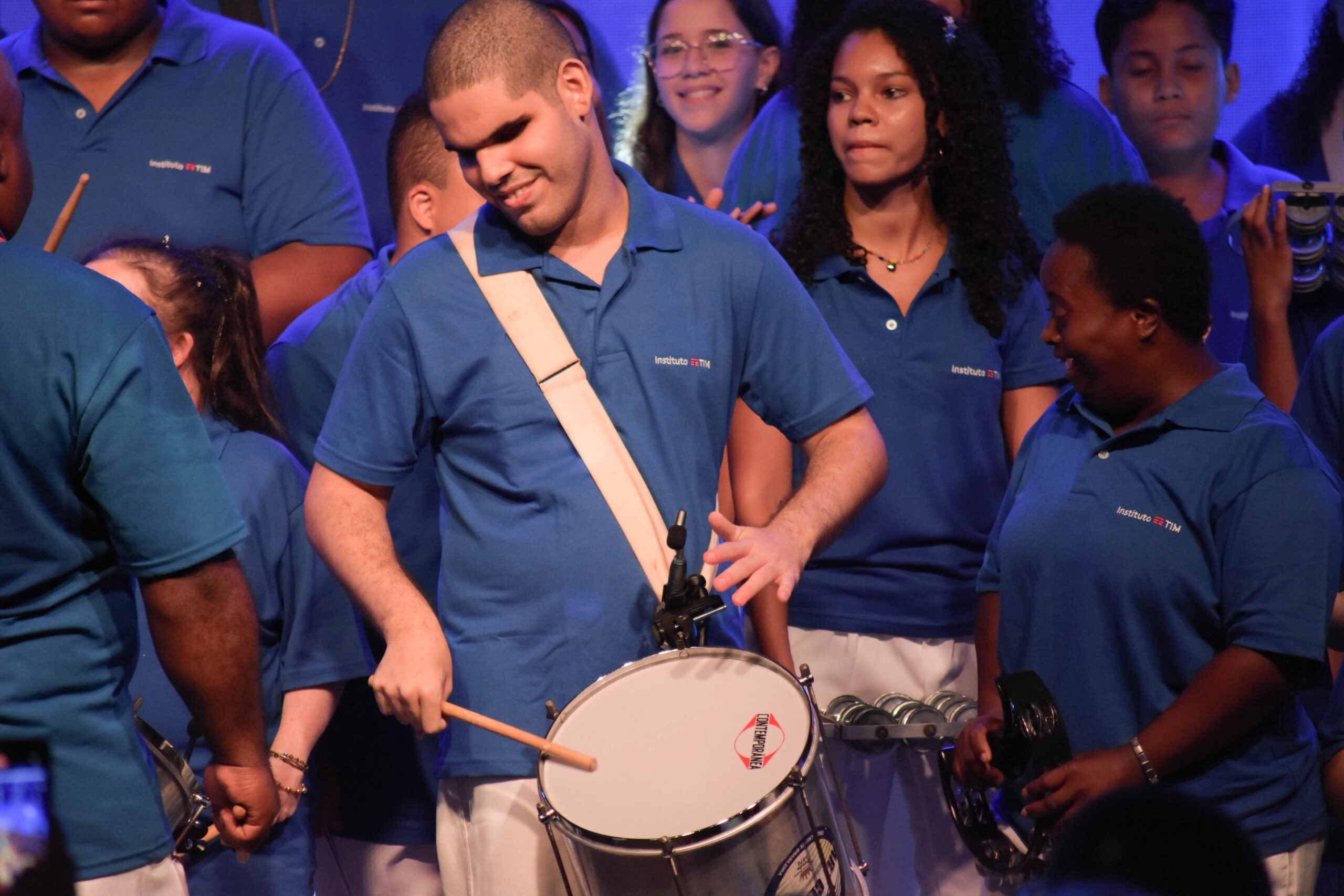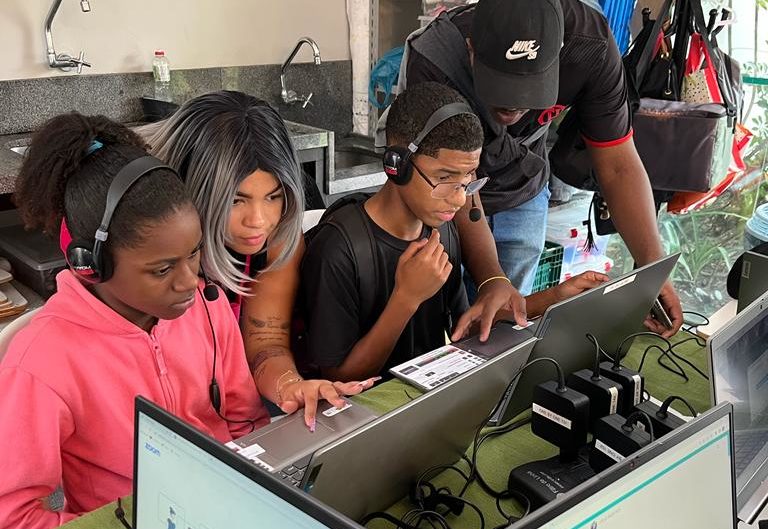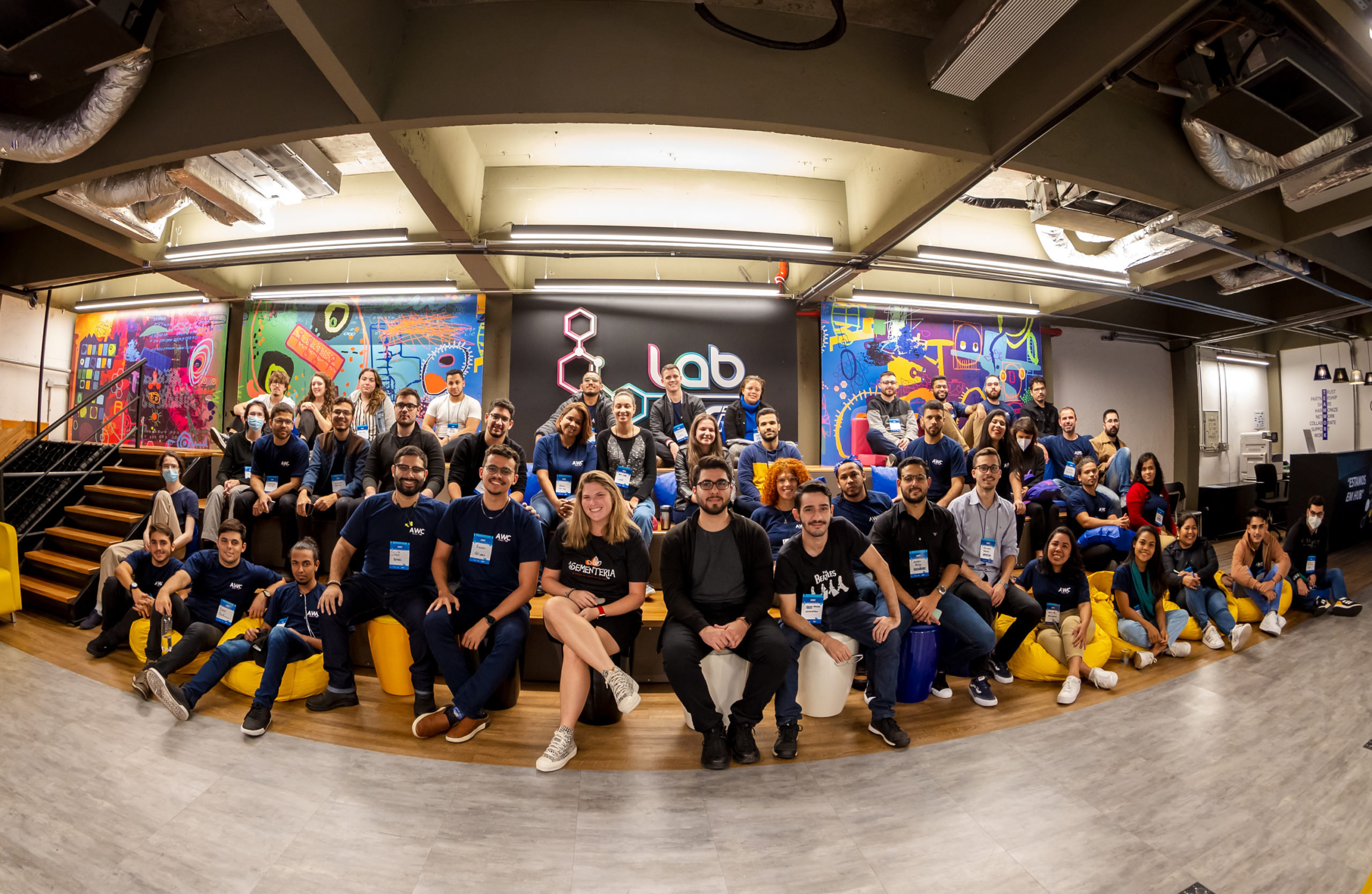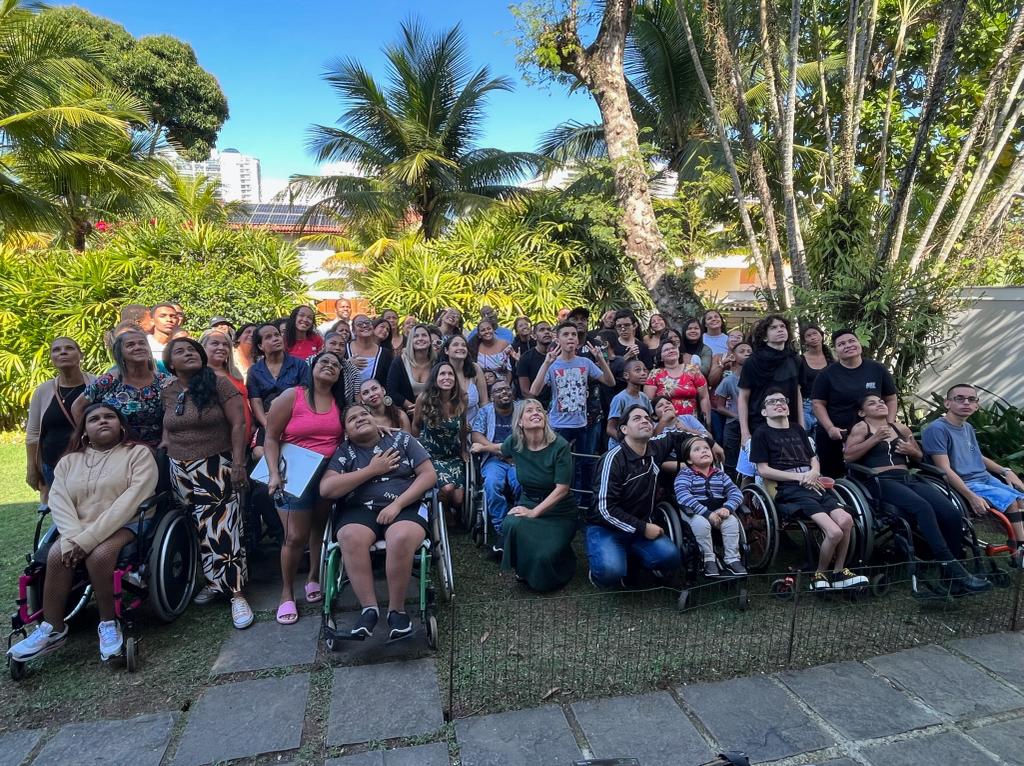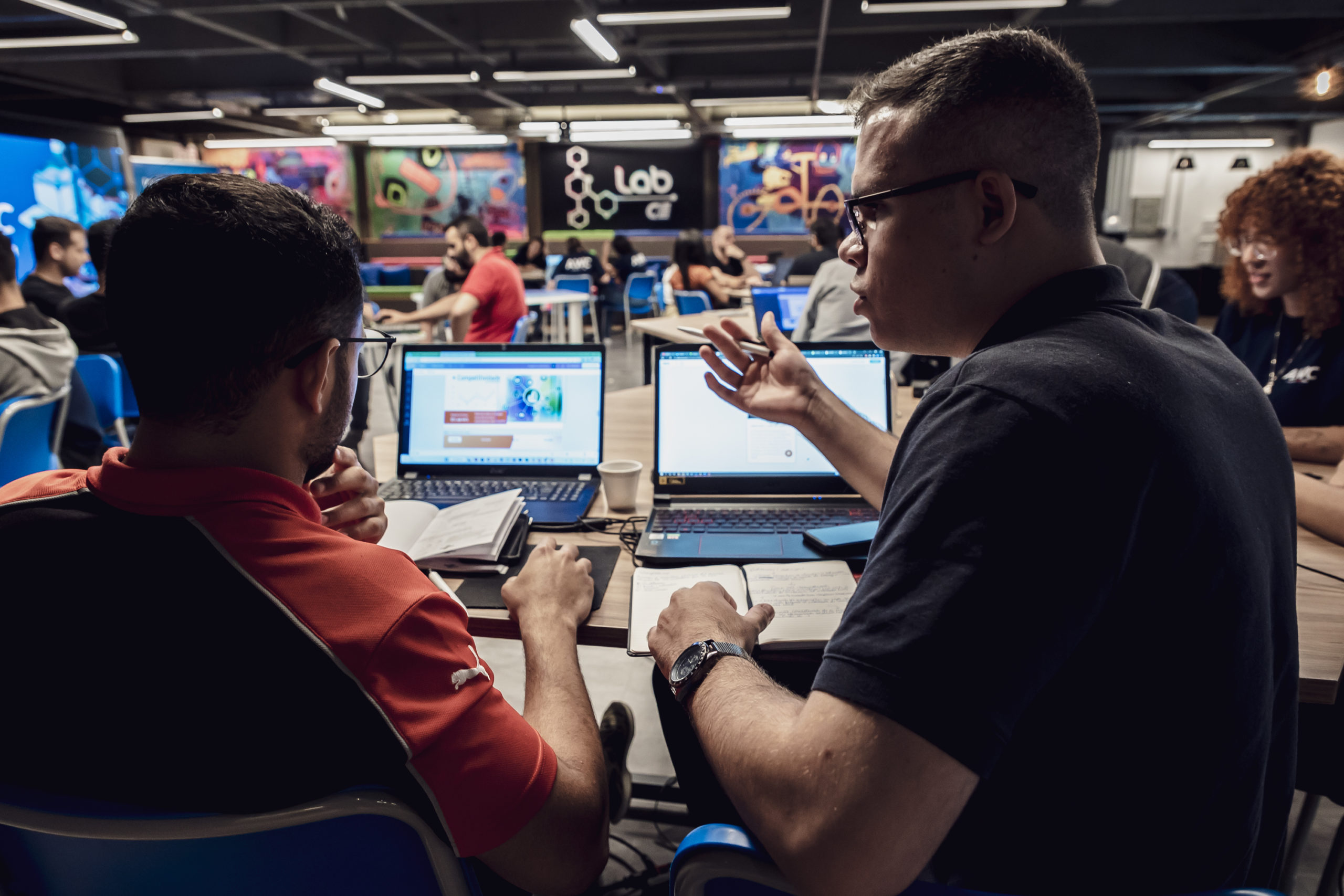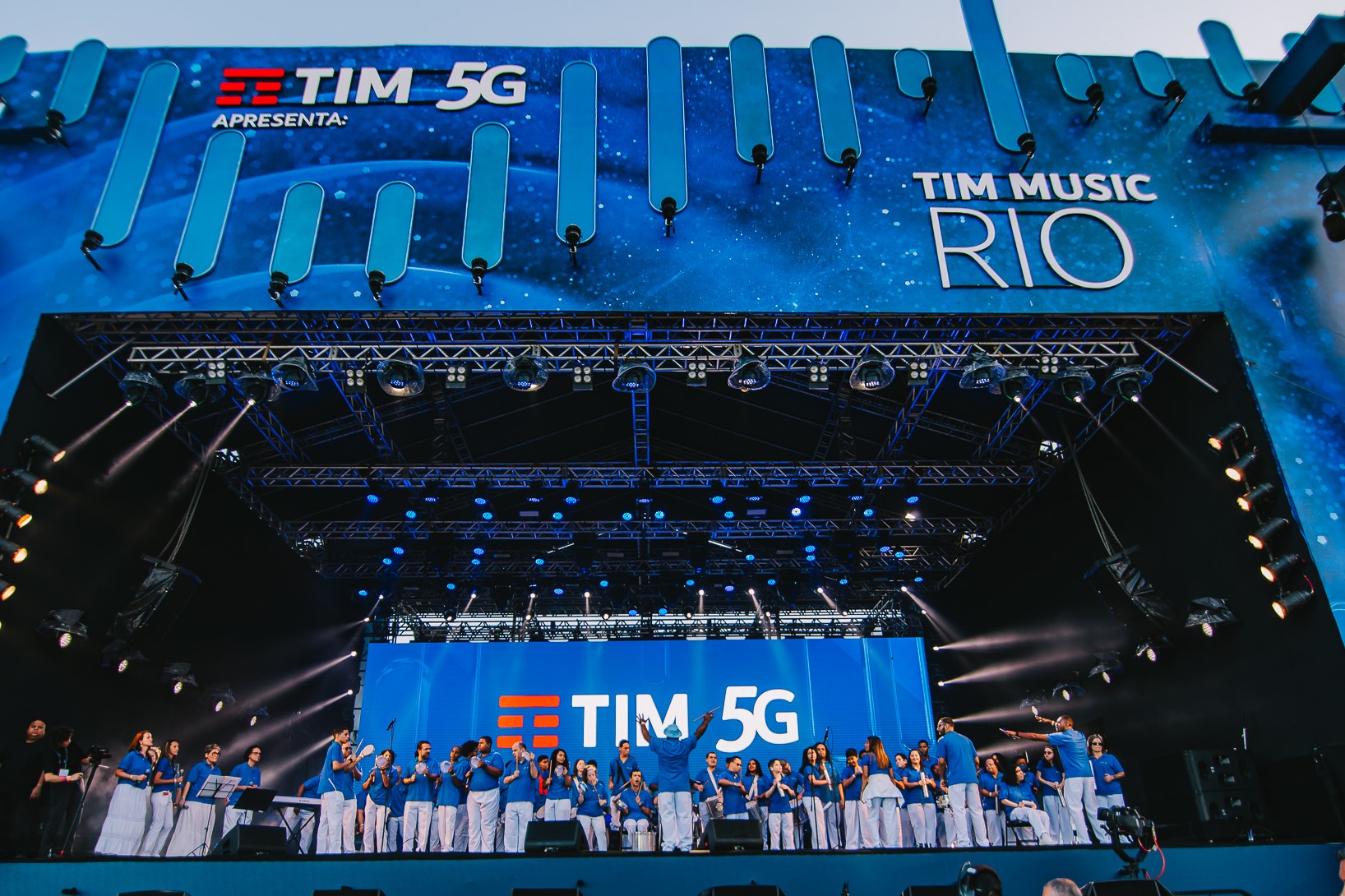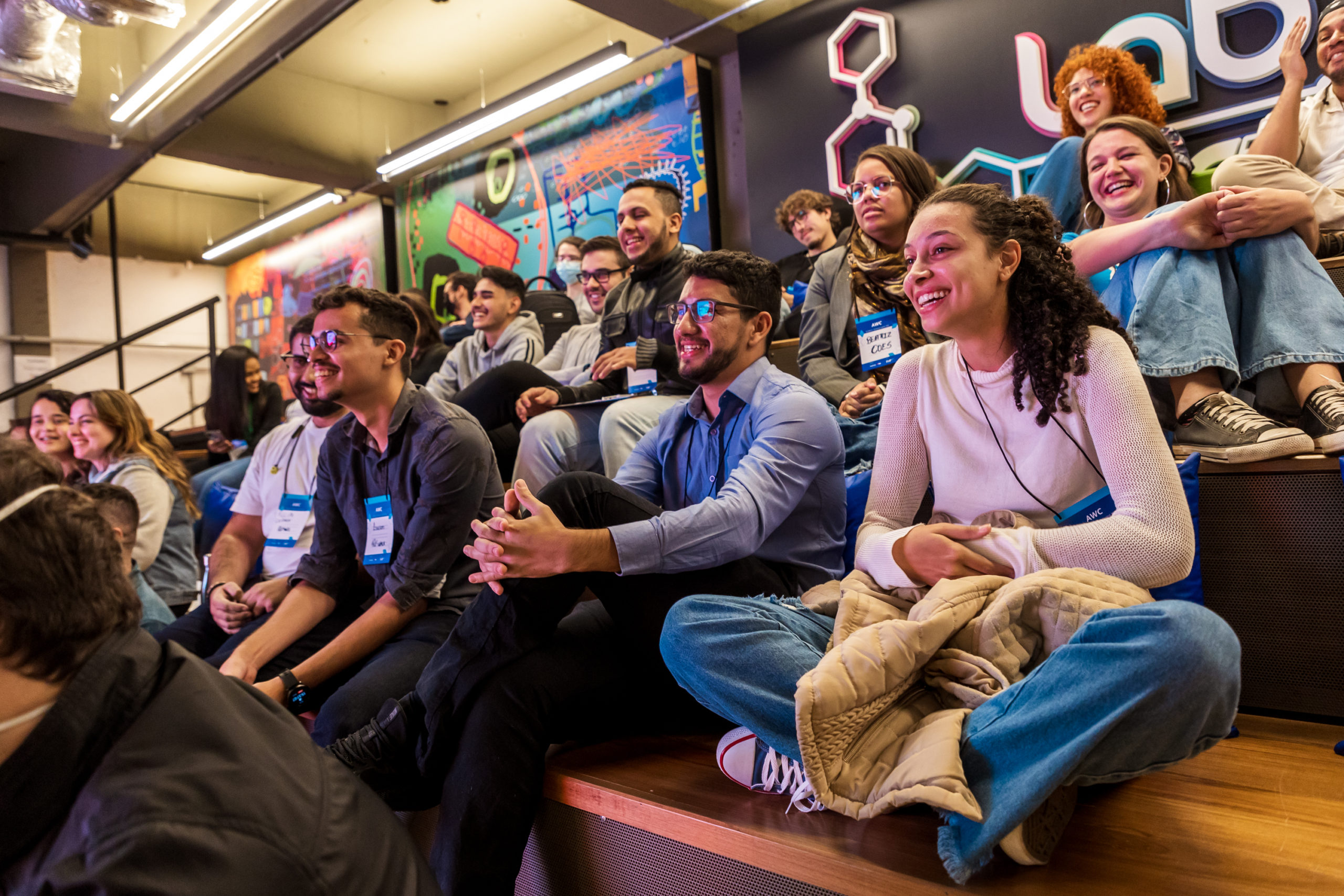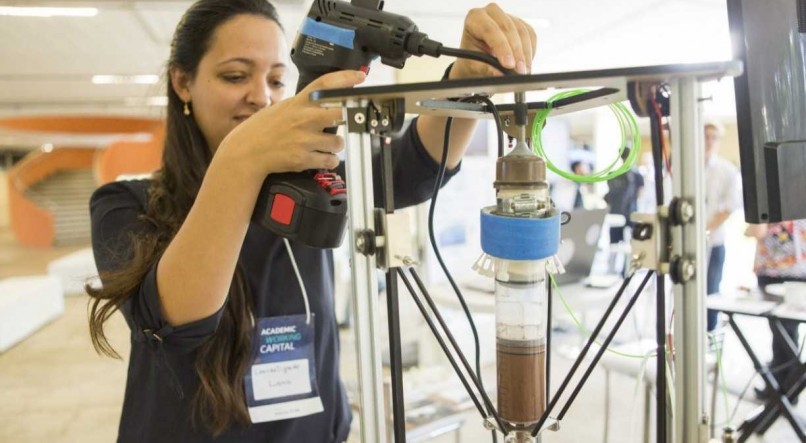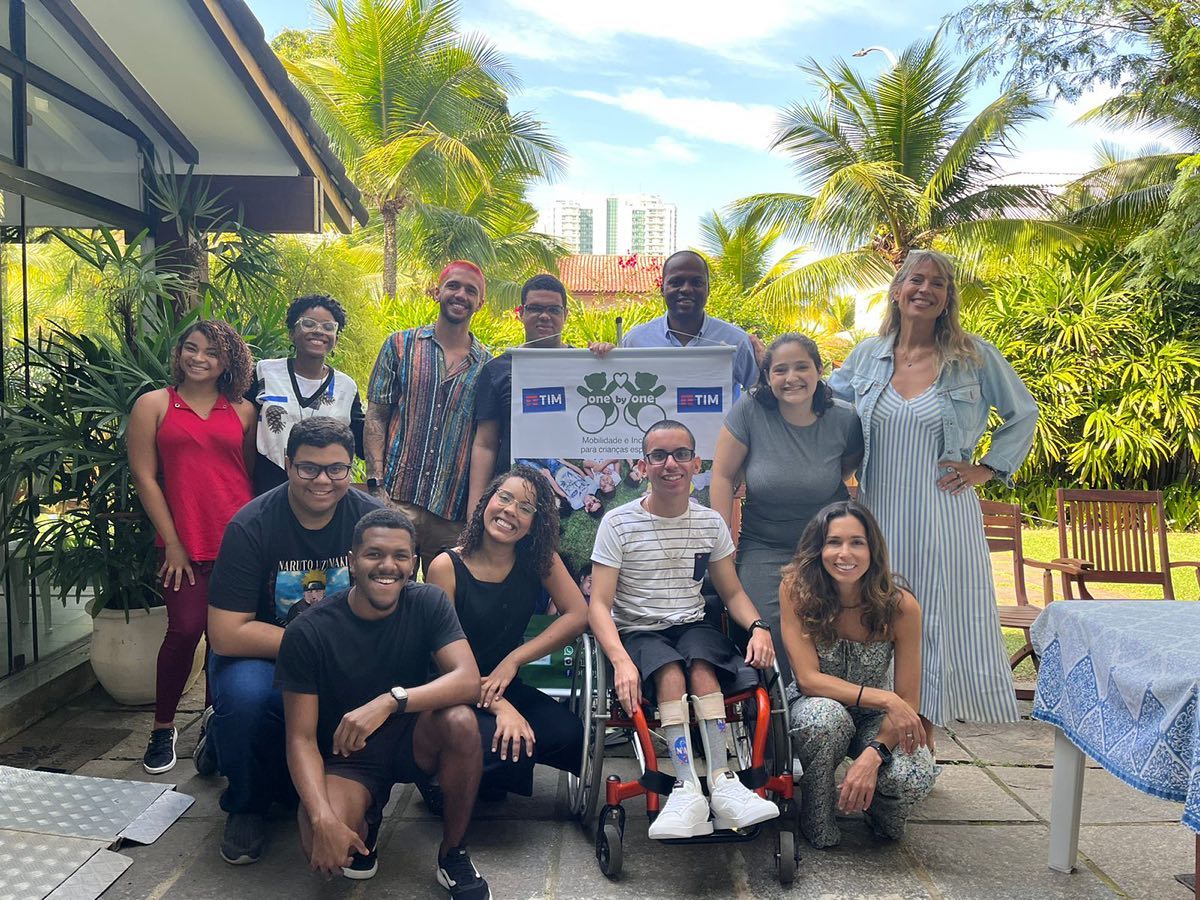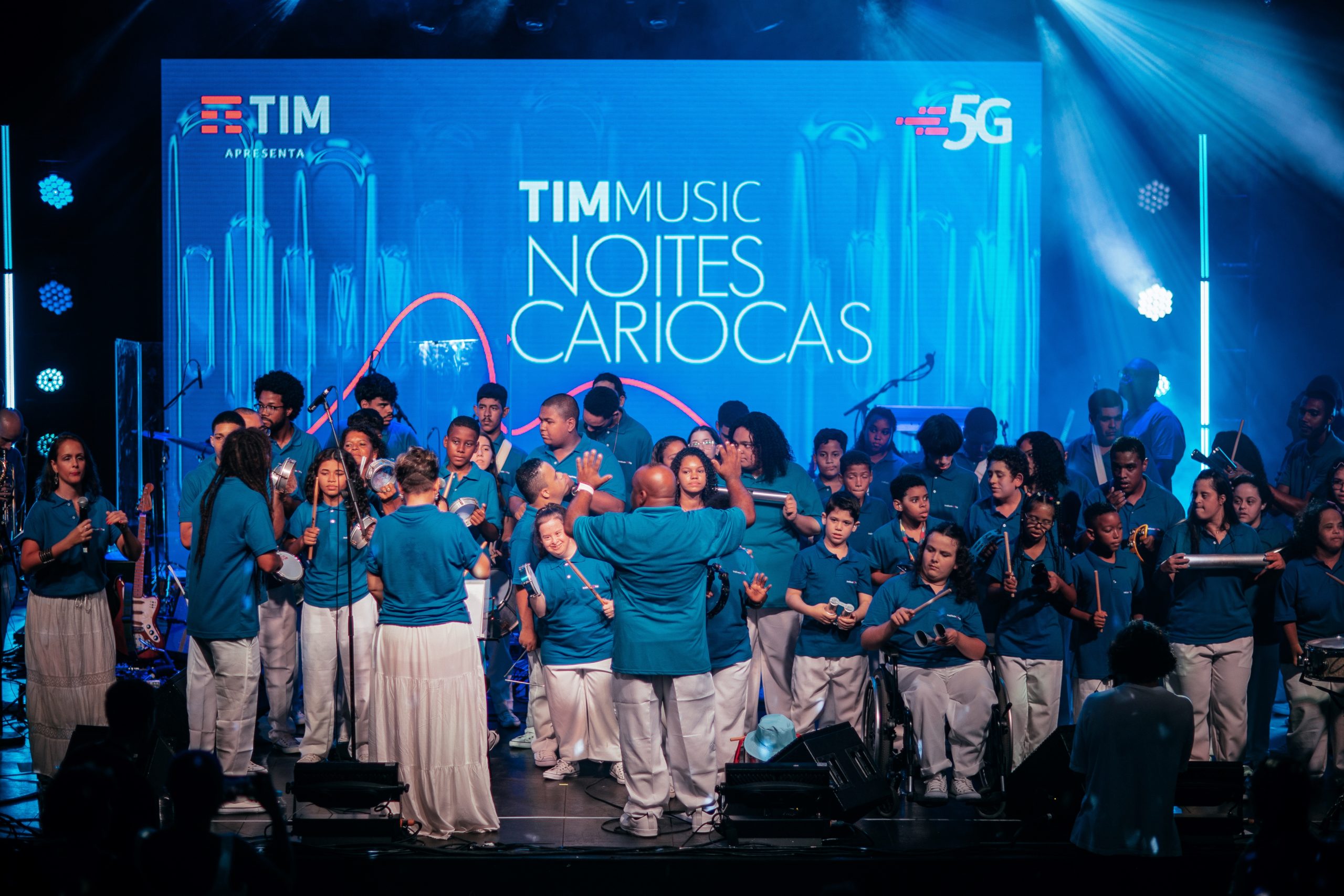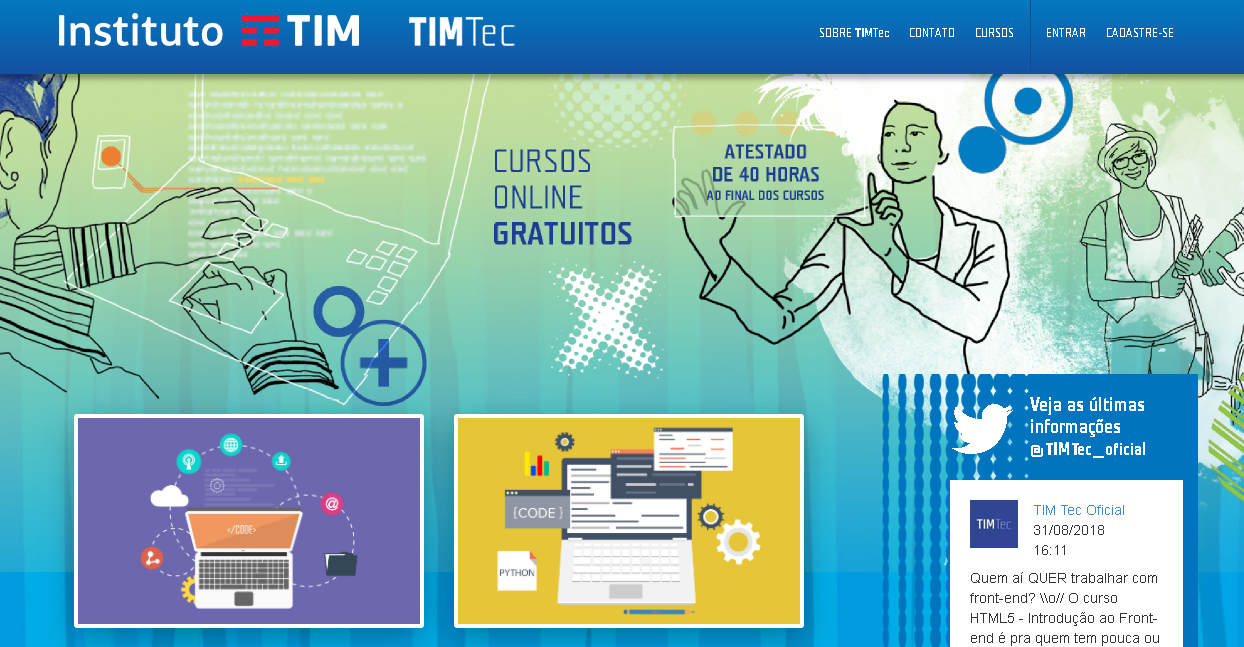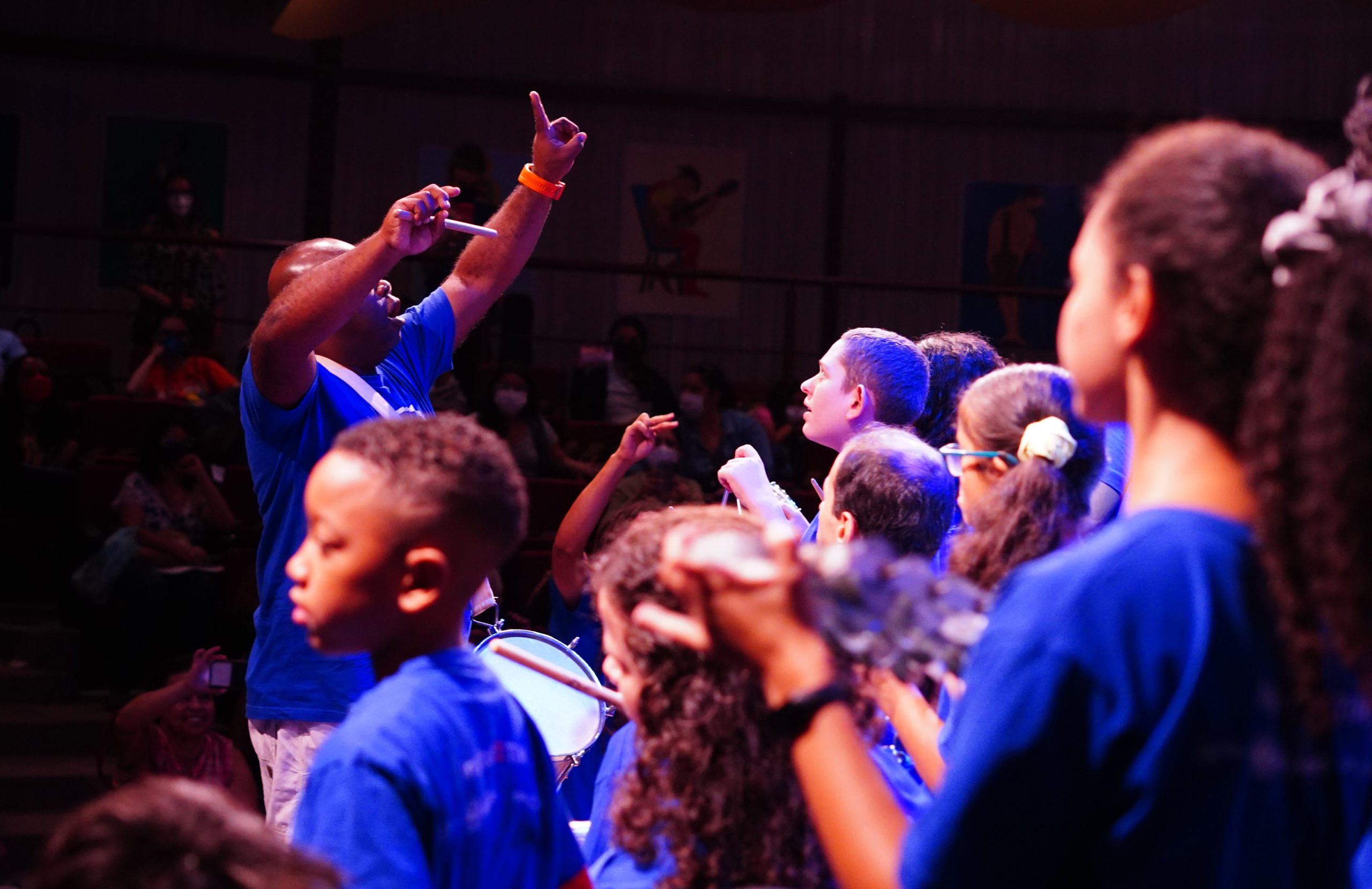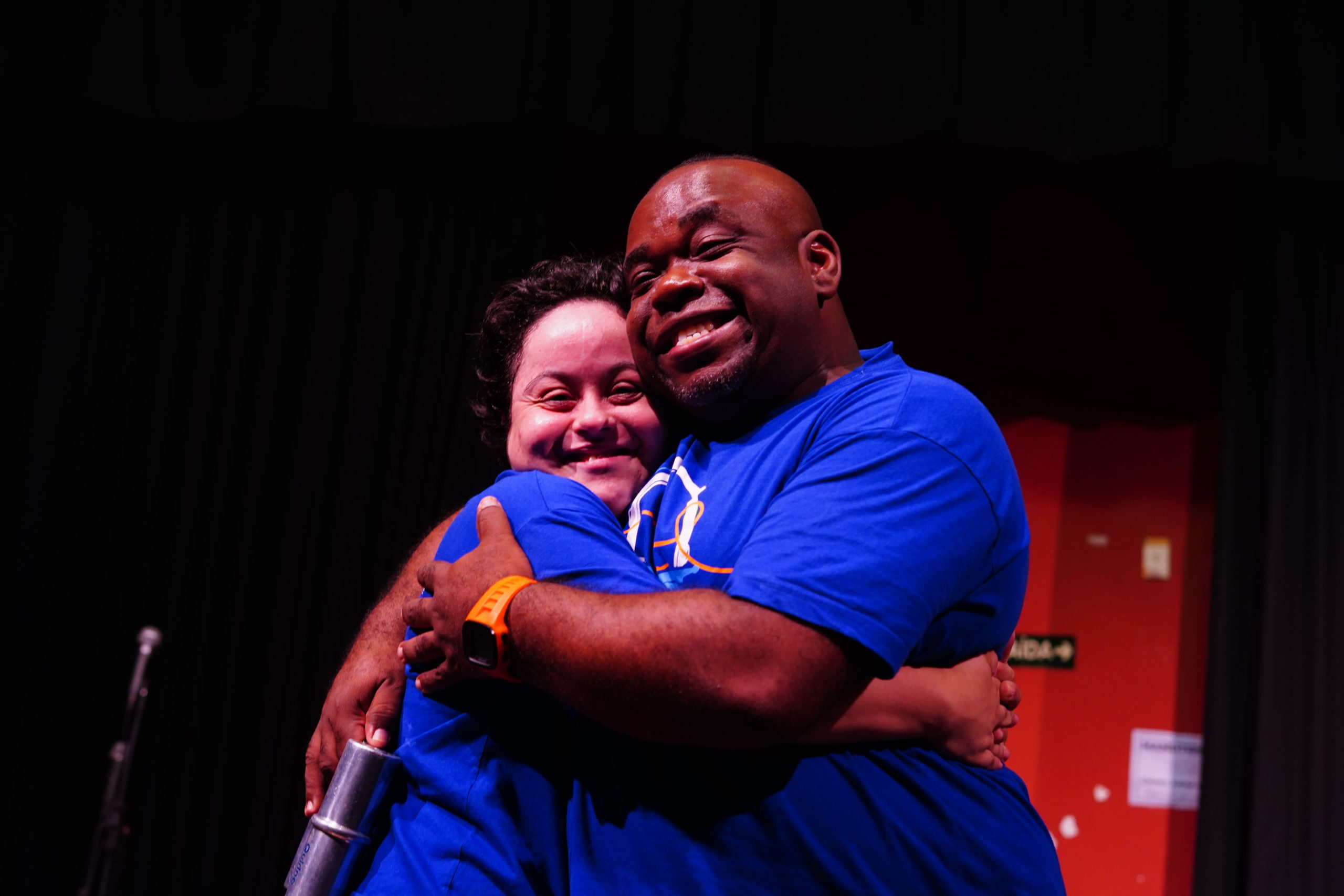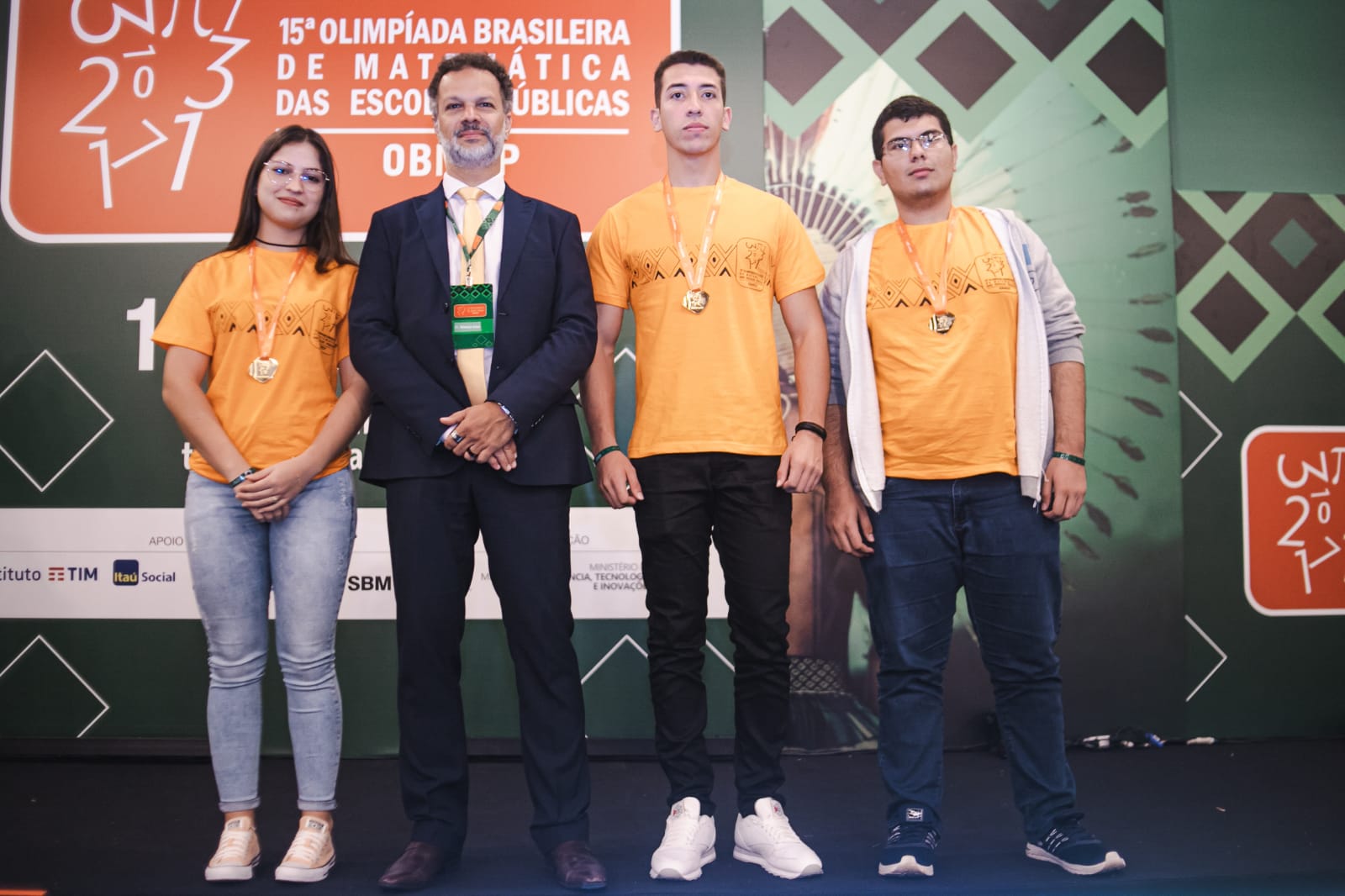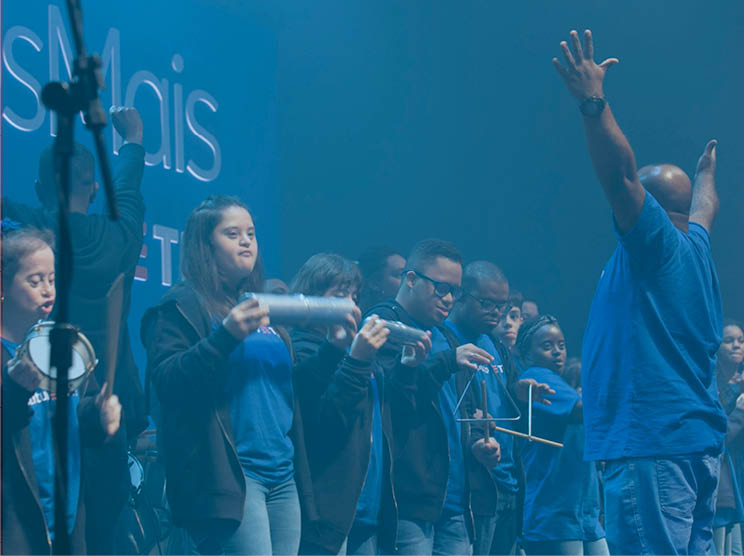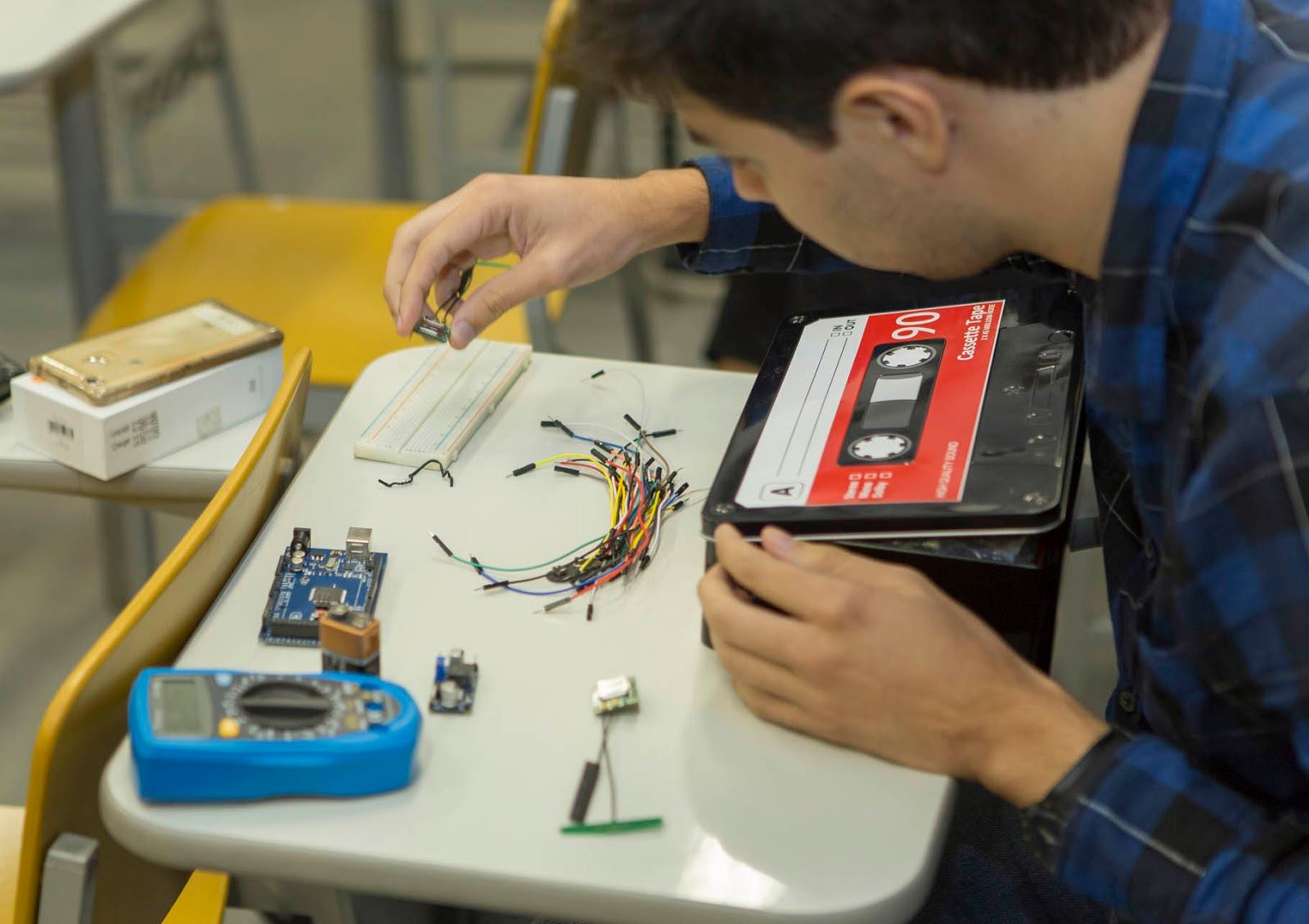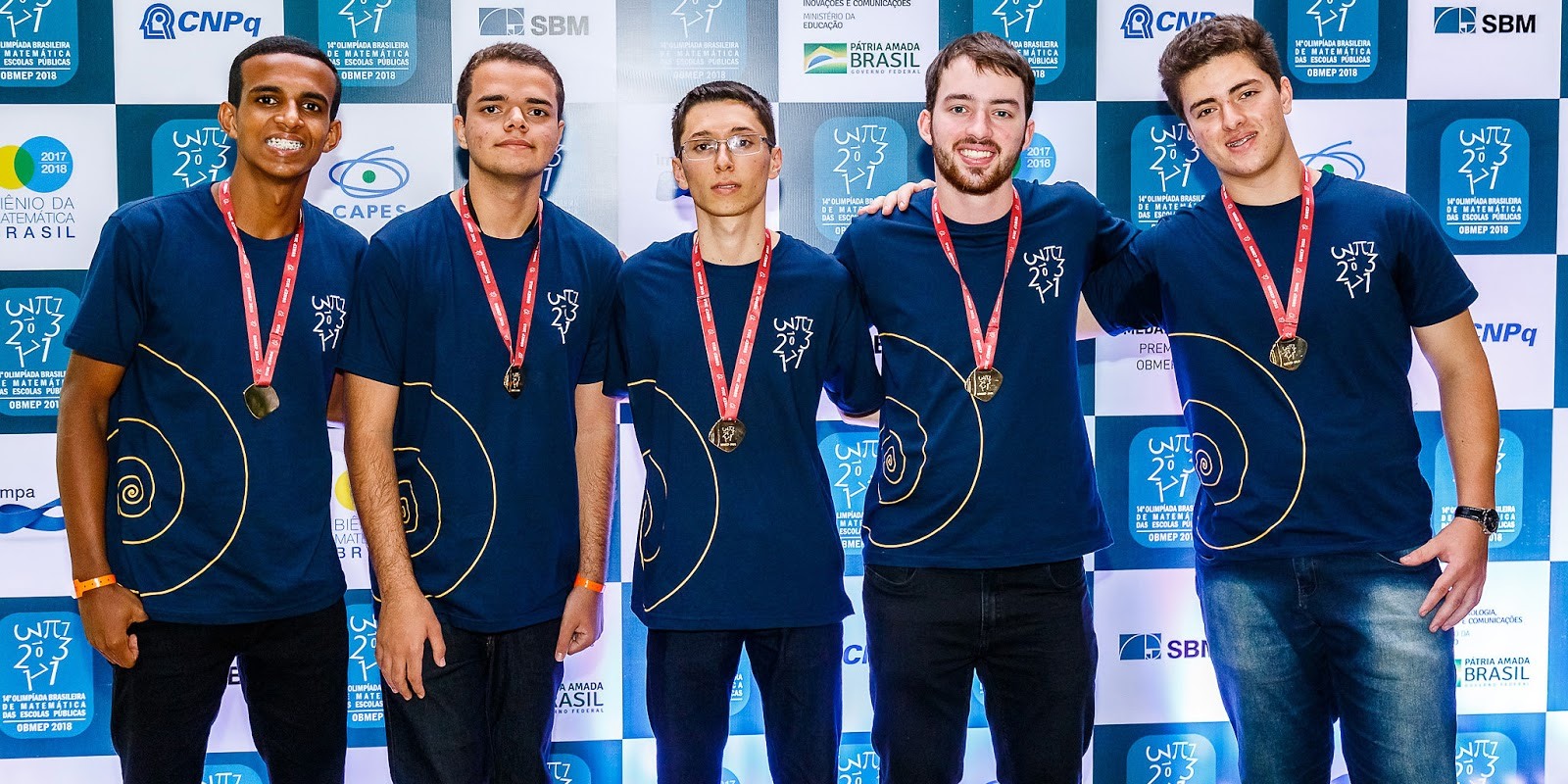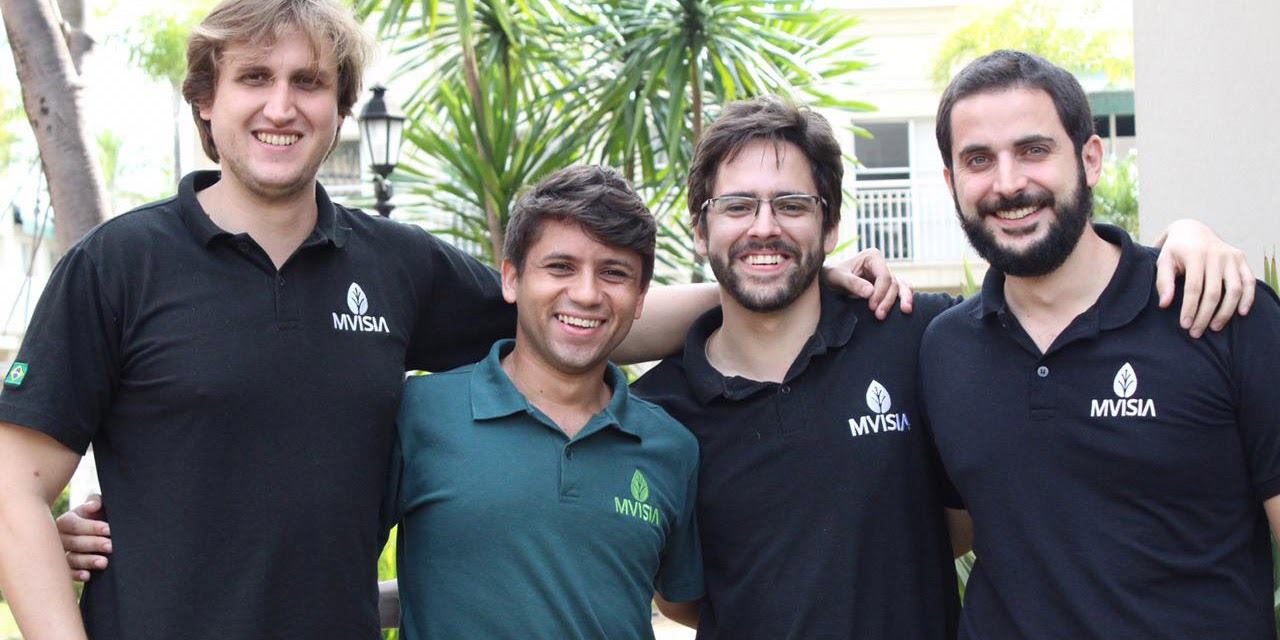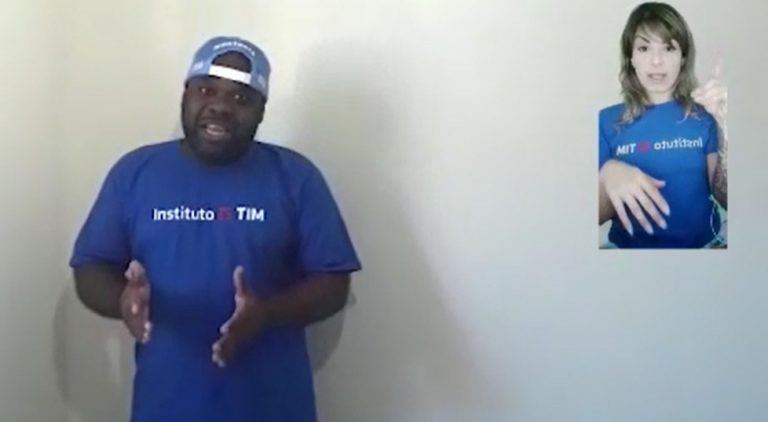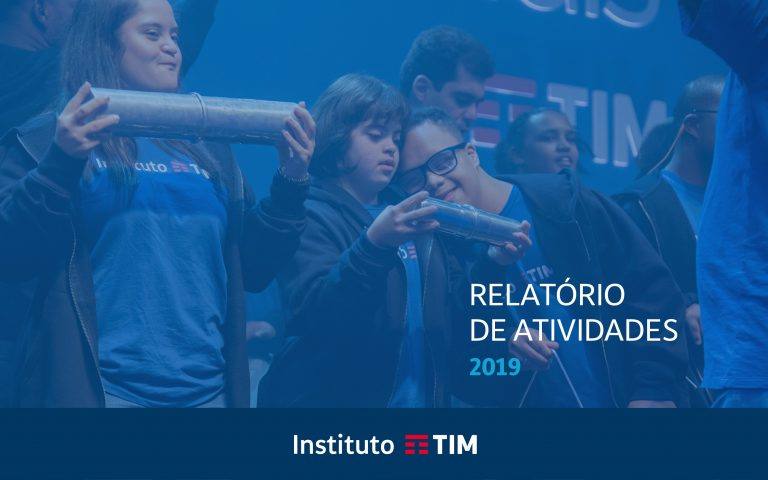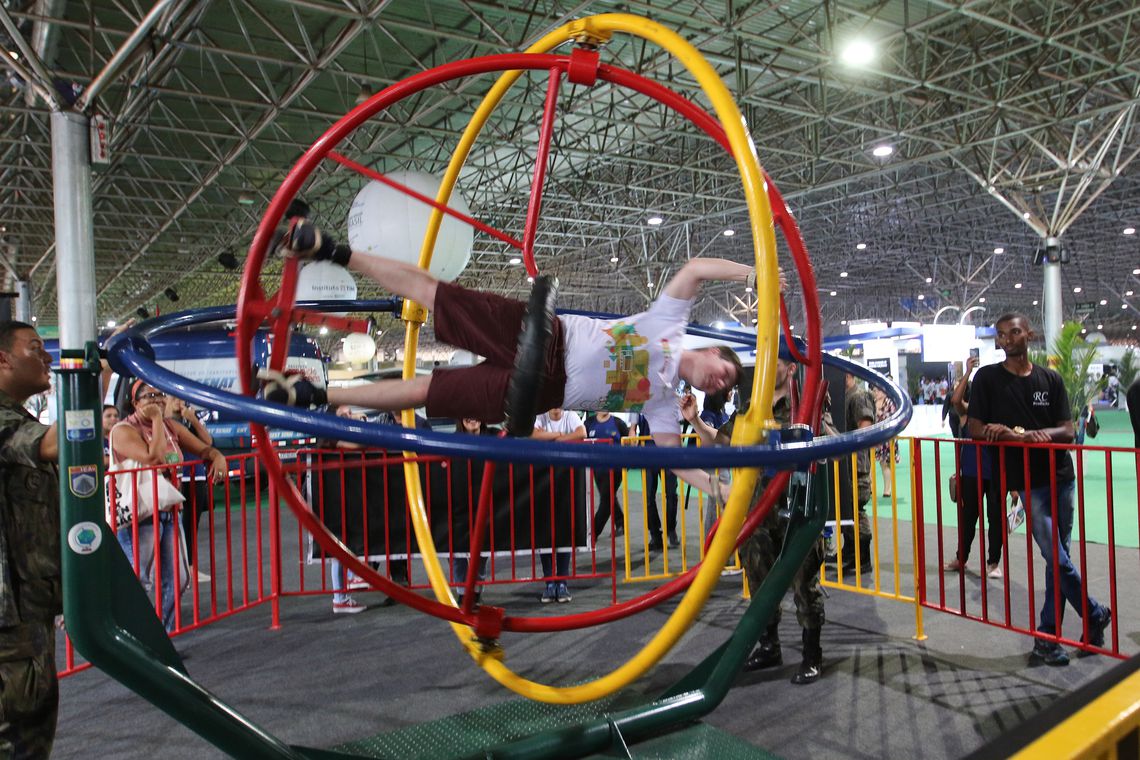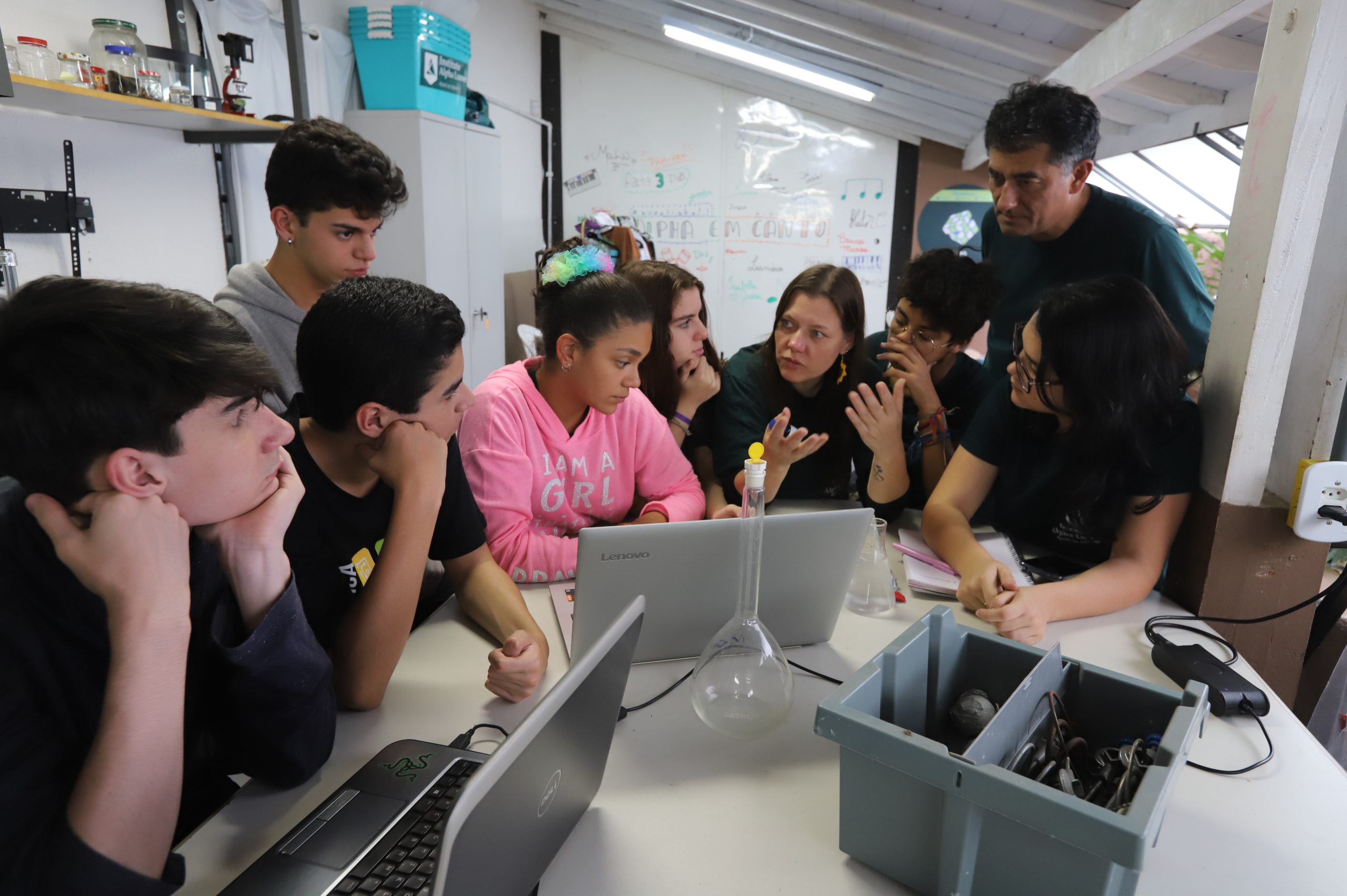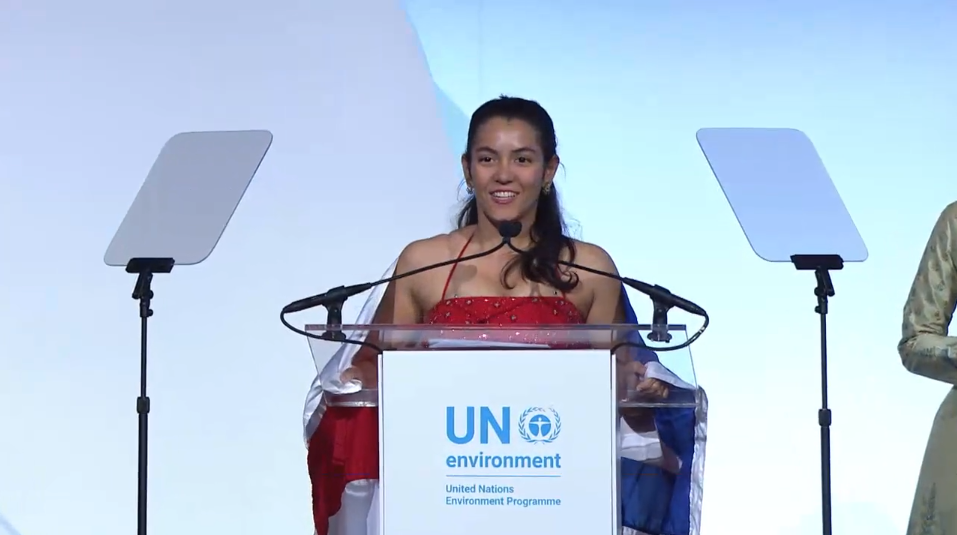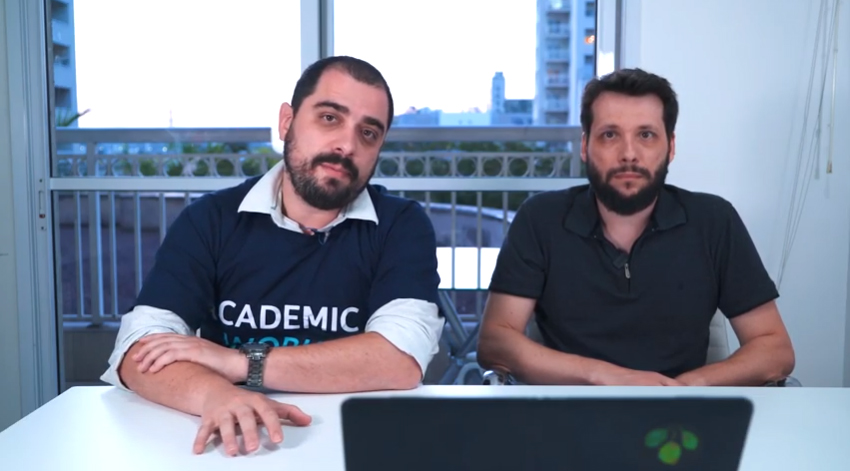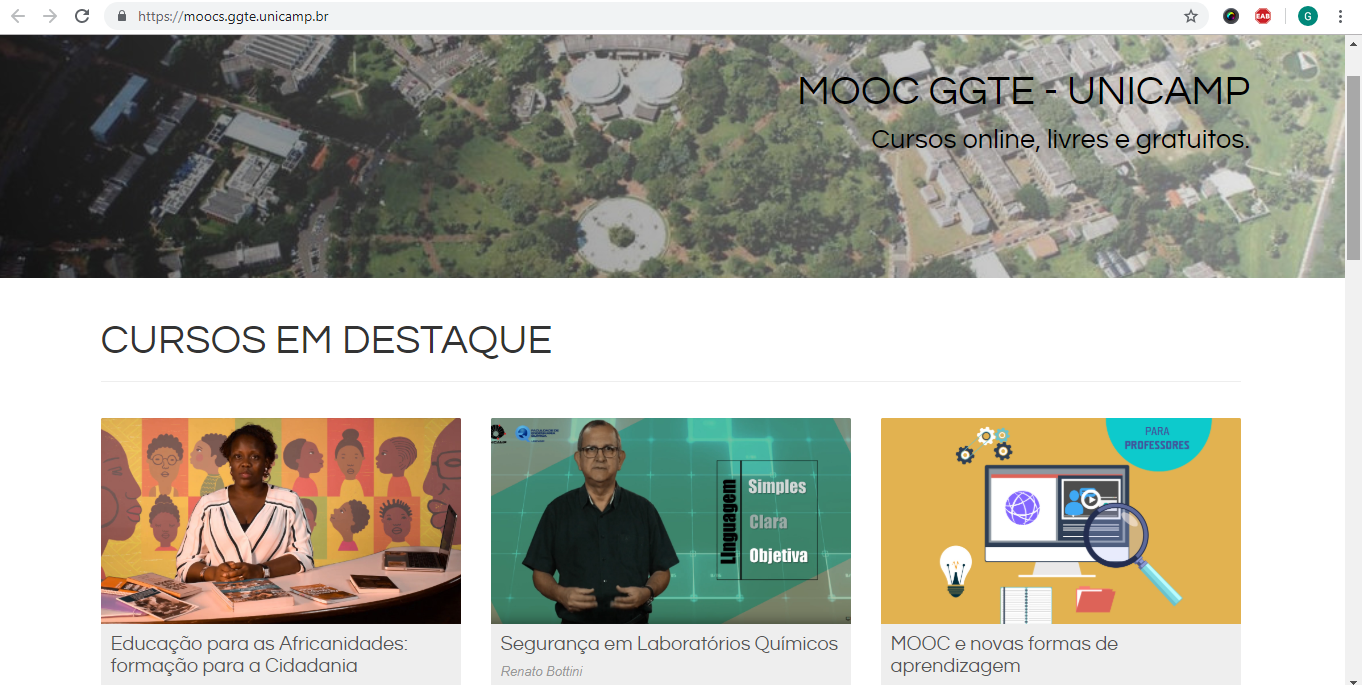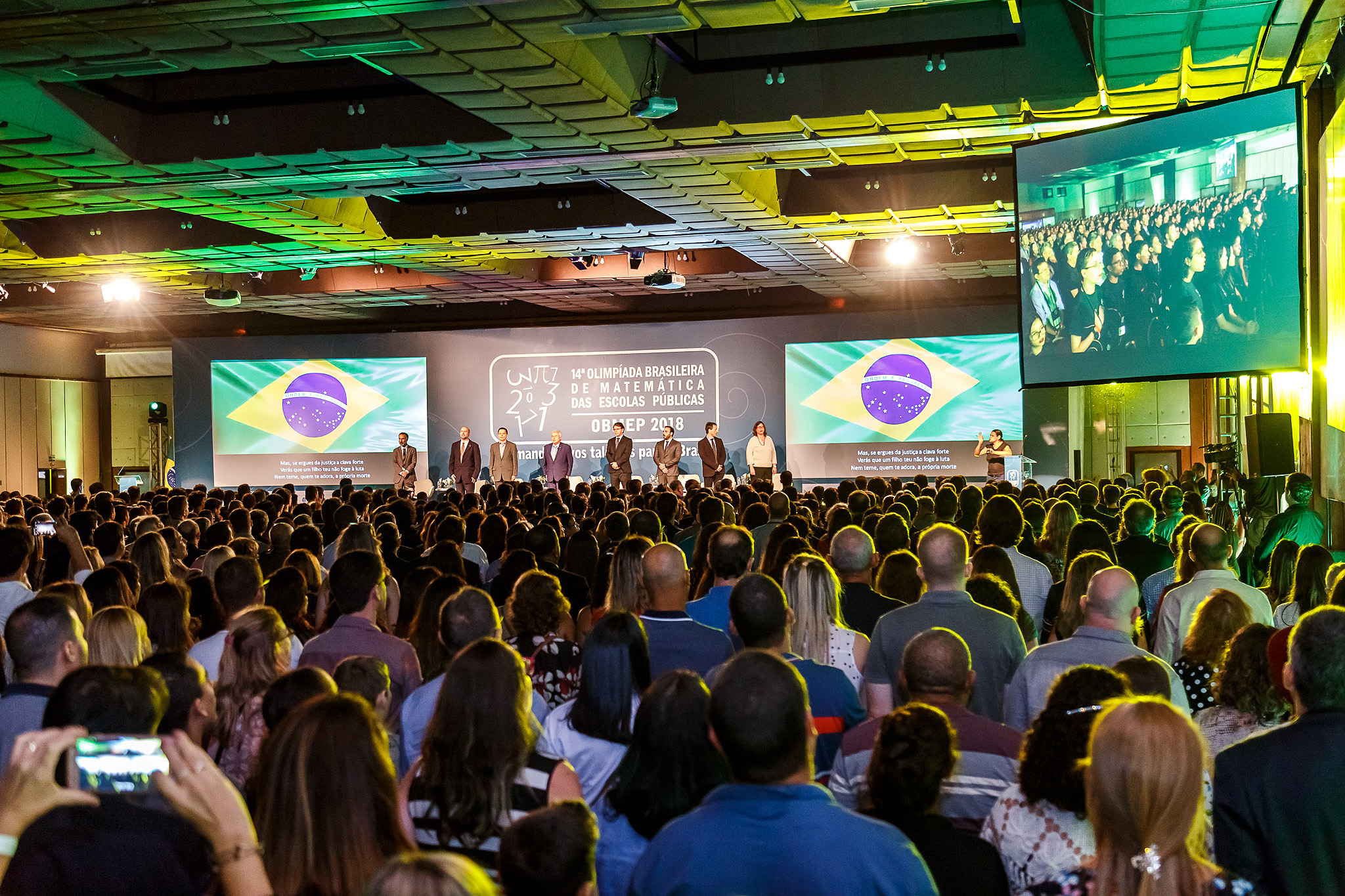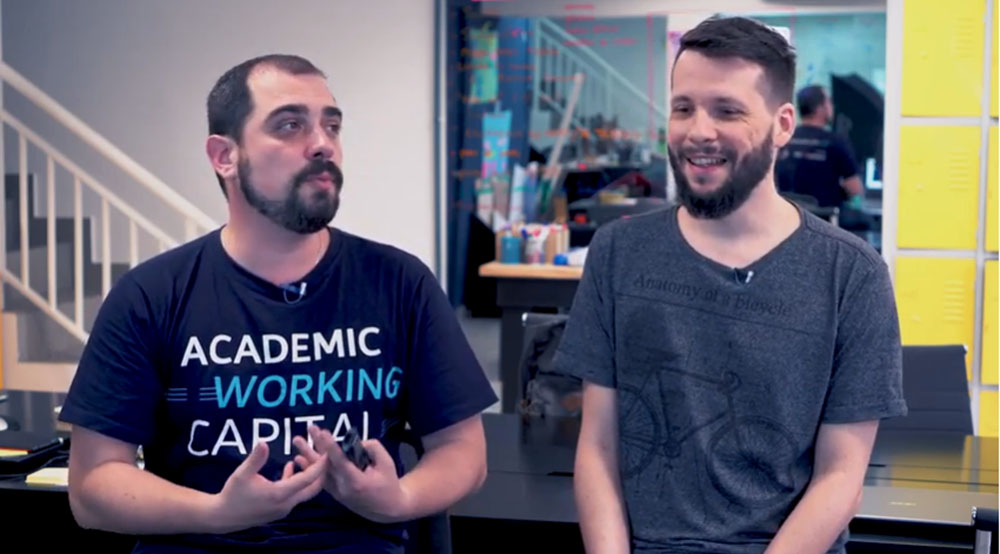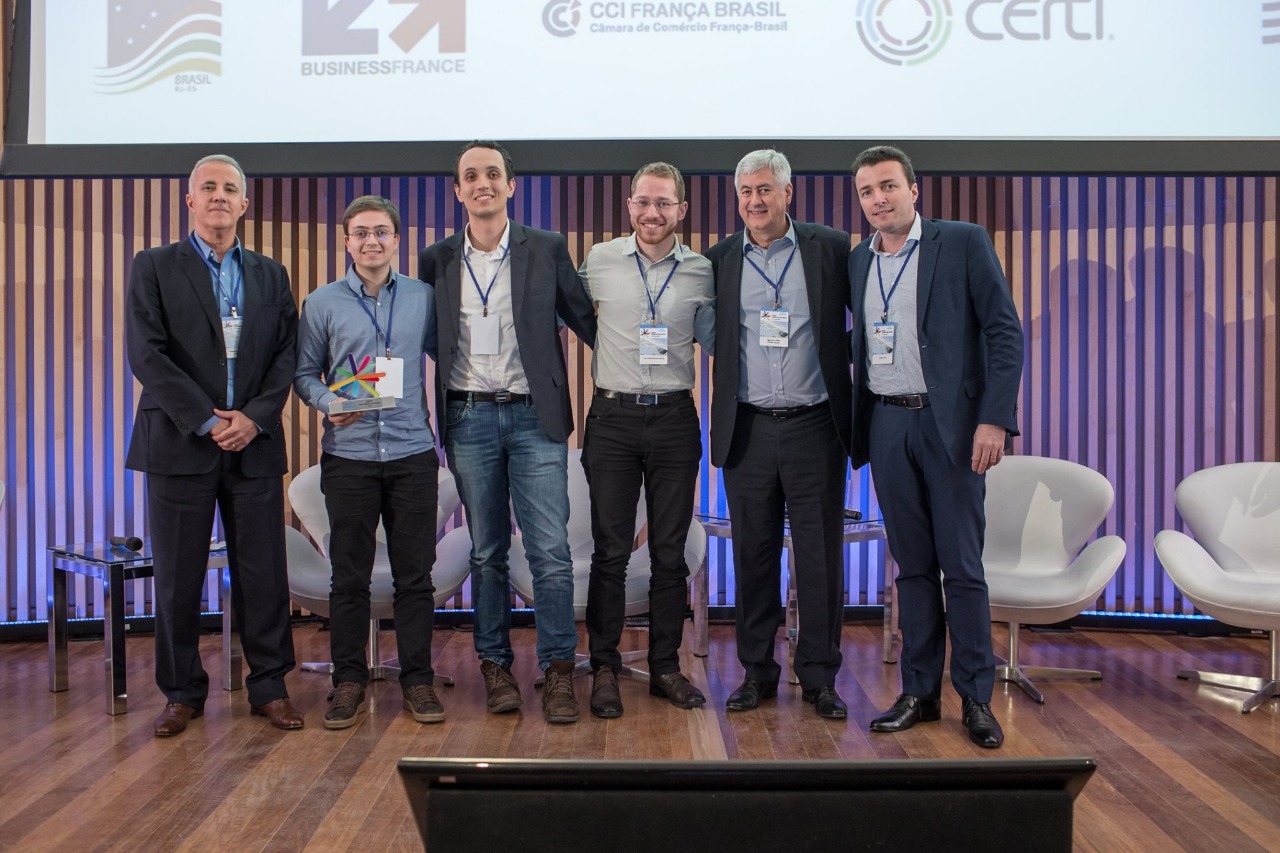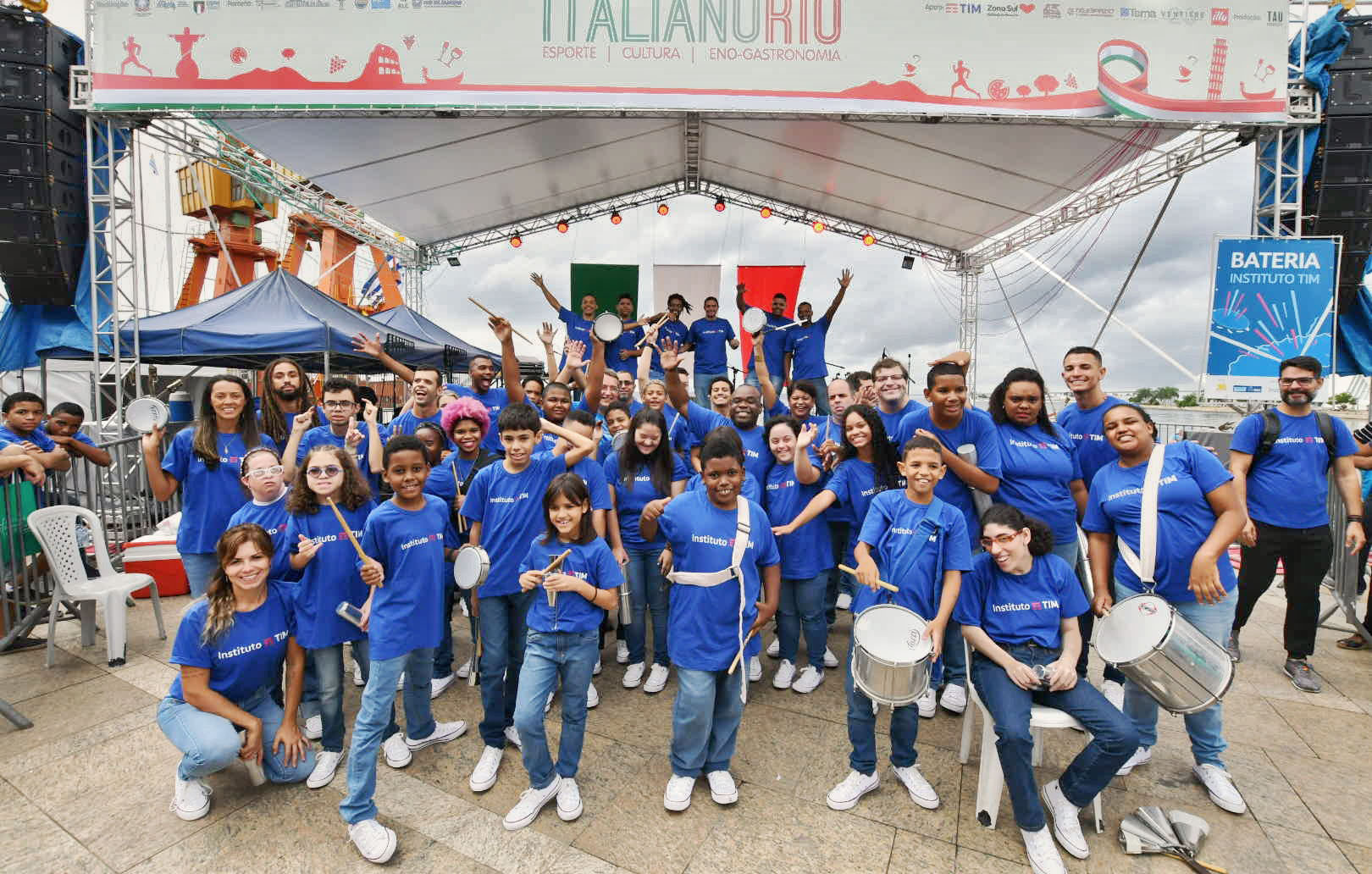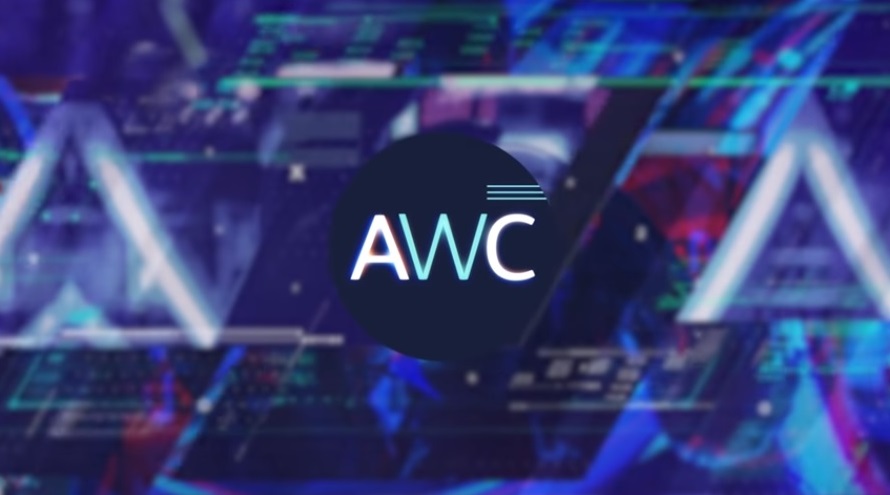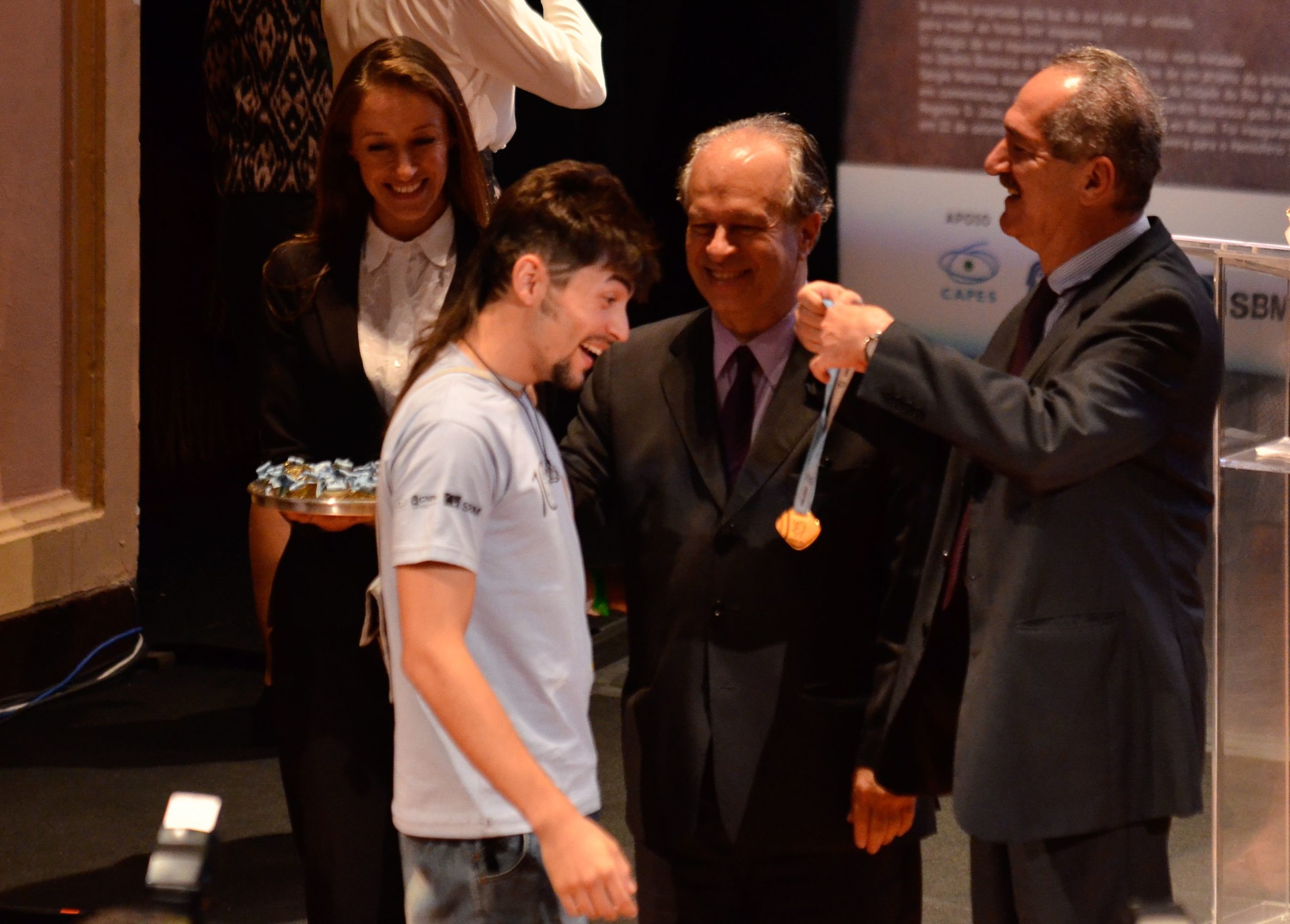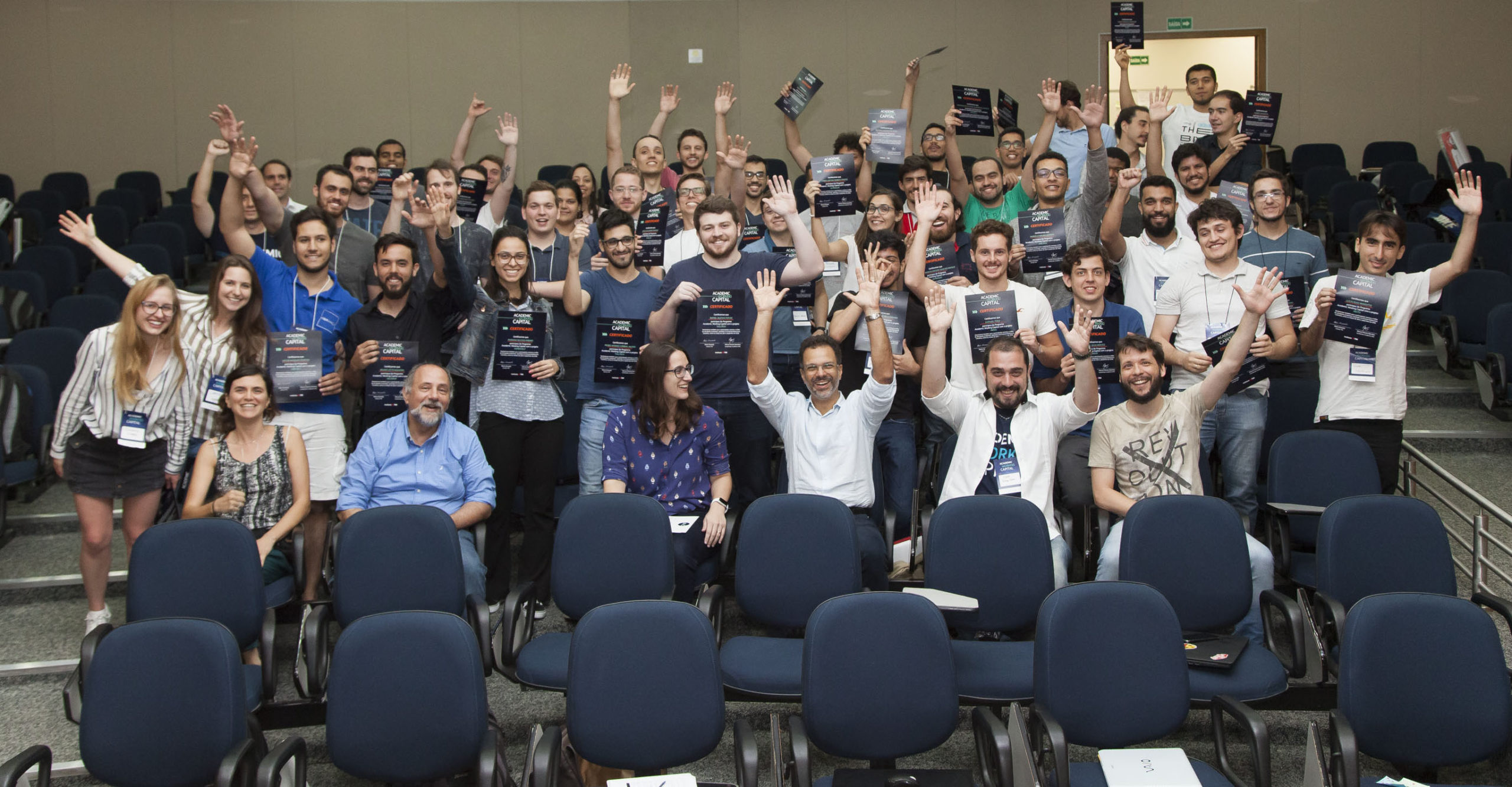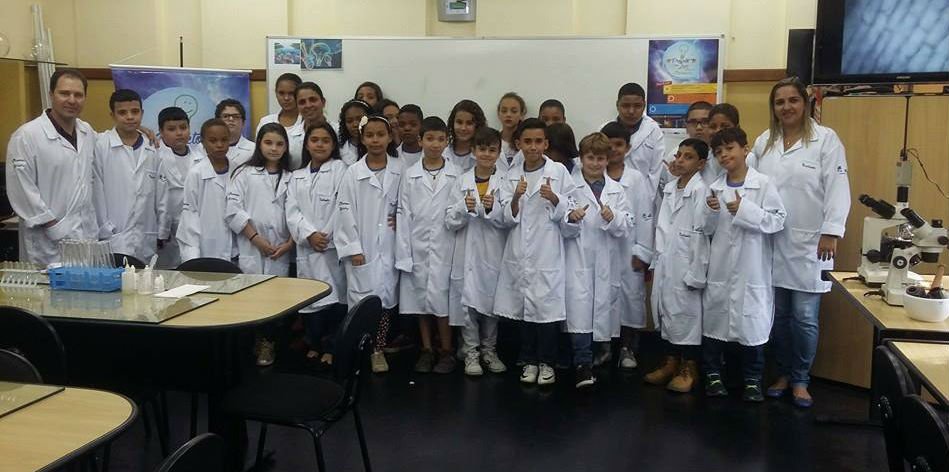
In the year in which it completed three years of operation, Instituto TIM involved around 450 thousand people through 10 projects and support to science and technology museums and centers. In 2016, for the first time, the initiatives reached all the states of Brazil and the Federal District. Since July 2013, when it was created, Instituto TIM has already involved more than 1 million people. \
Among the highlights of this year, the TIM Tec project was one of the winners of the 2016 ARede Educa Award, which recognizes public and private initiatives for the insertion of new technologies in educational environments. TIM Tec ranked 3rd in the category of Educational Platforms of the Civil Society modality. In addition to the awards, MOOC TIM Tec got 26 thousand new users and the software was adopted by 17 new institutions.
The projects contemplated by the public notice to support science and technology museums and centers started their activities in 2016. The public notice is the result of a partnership between Instituto TIM and the National Council for Scientific and Technological Development (CNPq). There were 50 selected projects (out of 201 received) from 18 states. Around 300 thousand people have already been involved in the activities.
ZUP RIO, installation of the free software ZUP at the Rio Operations Center (COR), was used during the Olympic and the Paralympic Games of Rio de Janeiro. Three hundred field agents used the system to manage the city during the Games. More than a thousand reports generated some type of action from the City Hall and more than 90% were informed and resolved through ZUP.
In 2016, seven new deployments of the Mapas Culturais platform came into operation (states of São Paulo and Mato Grosso, Federal District and municipalities of Belo Horizonte, Ubatuba and Parnaíba, in addition to the cities of the Santa Catarina Northeast Municipalities Association – AMUNESC) and the platform is now available in an app. In addition, the 1st and 2nd Developer Meetings were held, and the project participated in several events, such as the 1st Online Congress of Cultural Management, the State of the Map Latam meeting and the Collaborative Digital Platforms course of Sesc São Paulo.
Also this year, another 50 university students were contemplated by Instituto TIM-OBMEP Scholarships, which last for 12 months and are renewable annually up to a limit of 48 months. Scholarship holders are medallists of the Brazilian Public School Math Olympics (OBMEP) who need financial assistance to attend the university. During the 2015 OBMEP National Award Ceremony, more 50 scholarships were announced and will be offered starting in 2017.
Thanks to the partnership between Instituto TIM and the United Nations Children’s Fund (UNICEF), the technological solution Busca Ativa Escolar – Fora da Escola Não Pode! began to be used in pilot format in eight municipalities, and 14 children were already reinserted in school.
In 2016, after four editions, the Agentes da Transformação project investigated all communities with UPPs in Rio de Janeiro. To celebrate the closing of the initiative, the Instituto Pereira Passos and Instituto TIM launched the publication Cadernos da Juventude, which gathers data collected by young residents about the youth of their communities.
In addition, the Instituto TIM continued to be present in classrooms and universities throughout the country in 2016. In the TIM Faz Ciência program, focused on science education for 4th and 5th grade classes, 136 thousand students and 4,700 teachers from 115 Brazilian cities participated. O Círculo da Matemática do Brasil qualified 2,110 teachers in 23 participating cities, in addition to directly involving 5,700 students. Aimed at university students completing their course, Academic Working Capital had its second edition in 2016, with 27 approved projects and 72 participating students.



